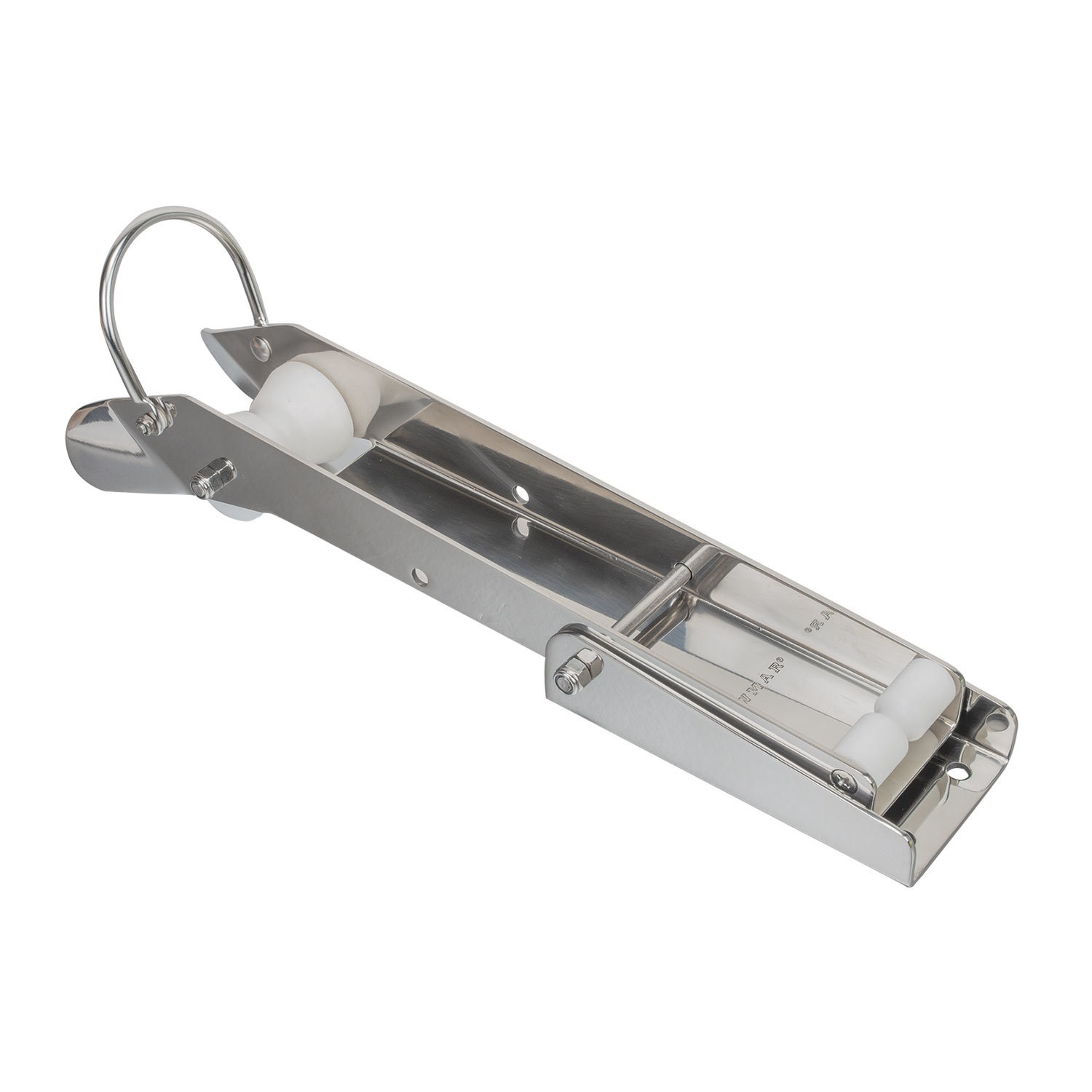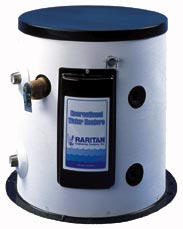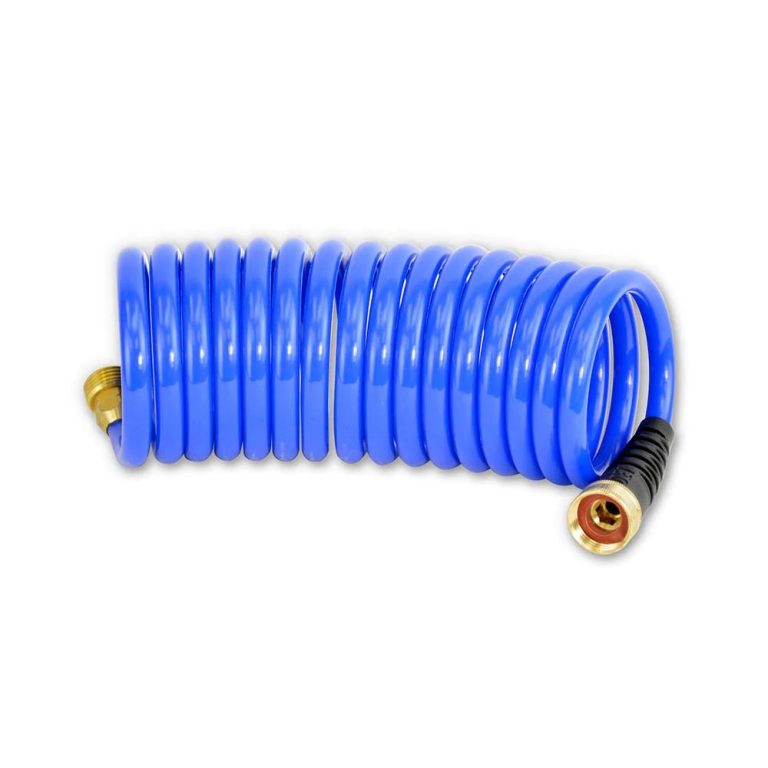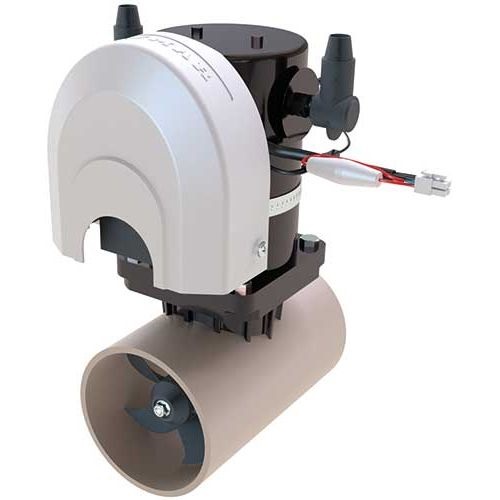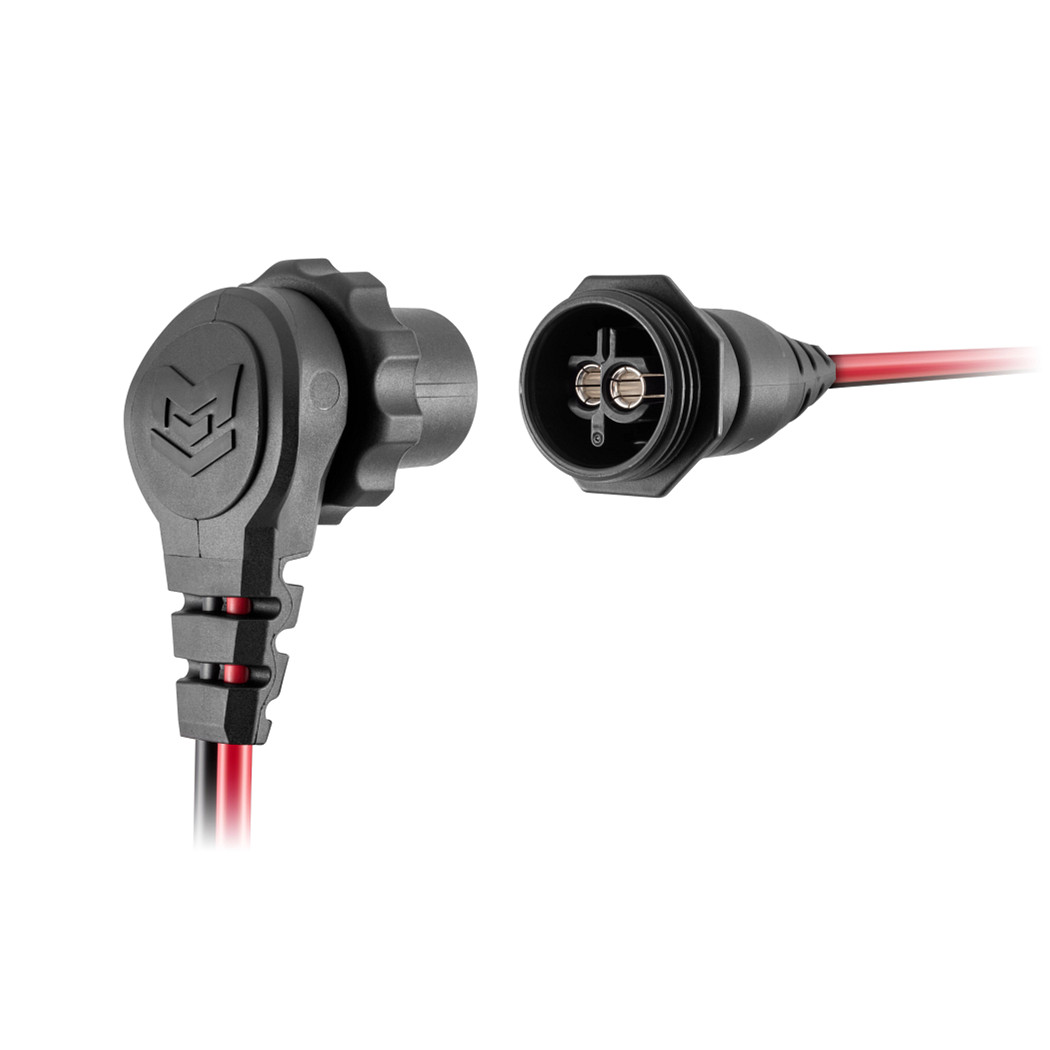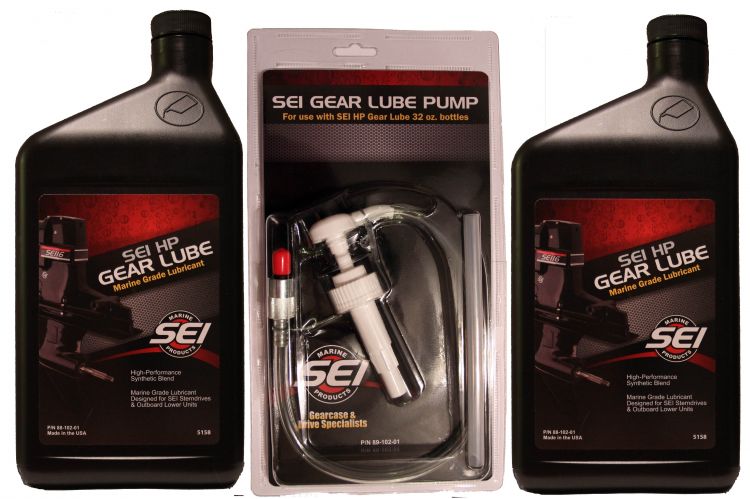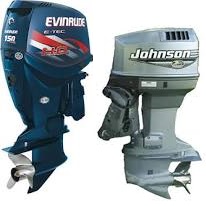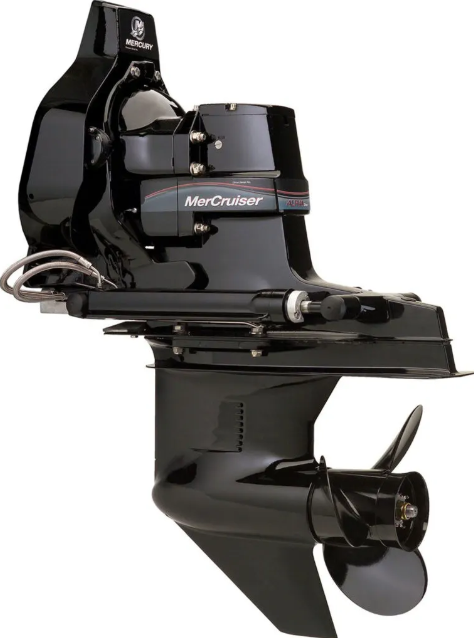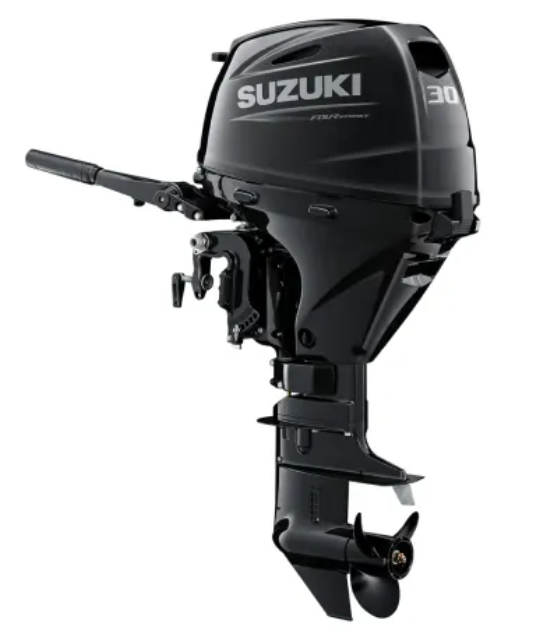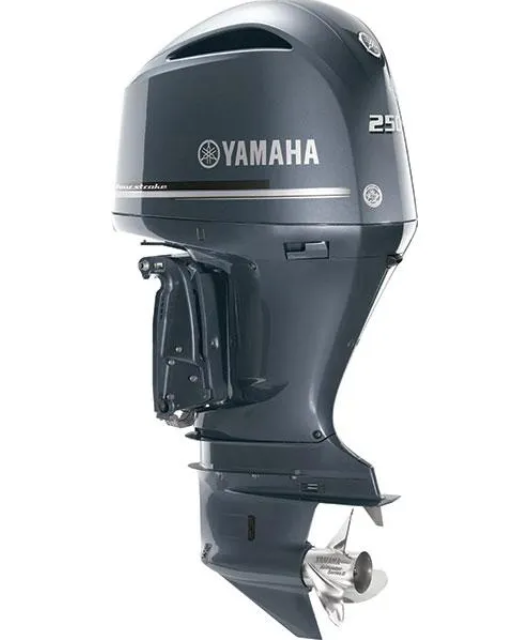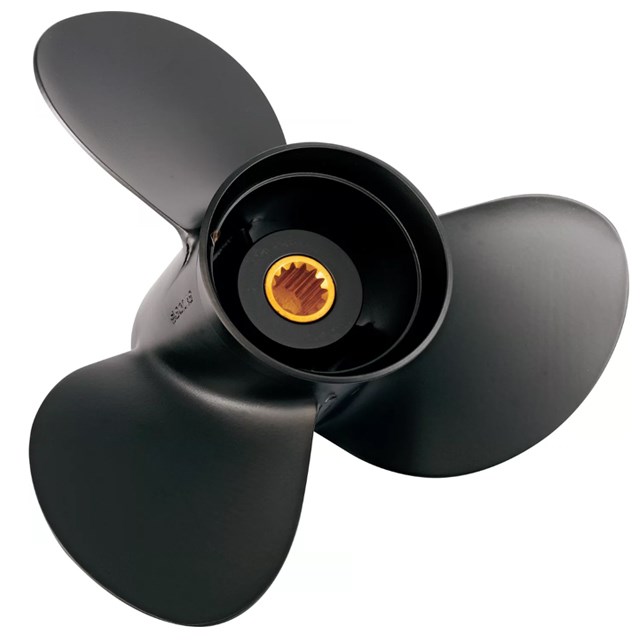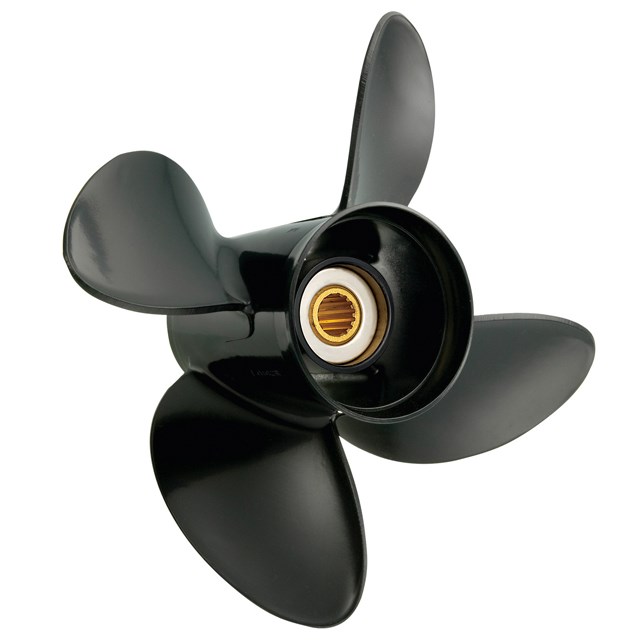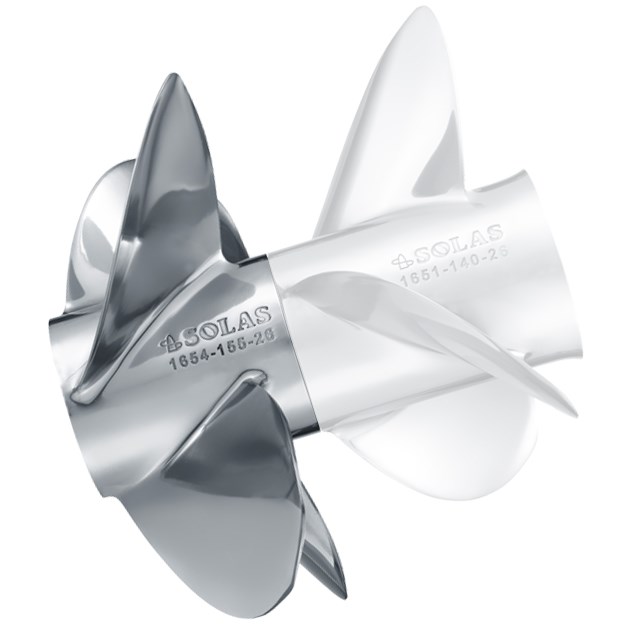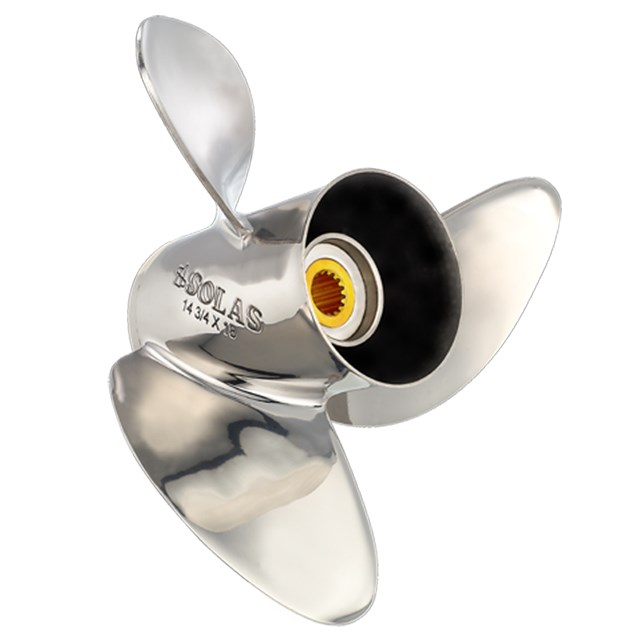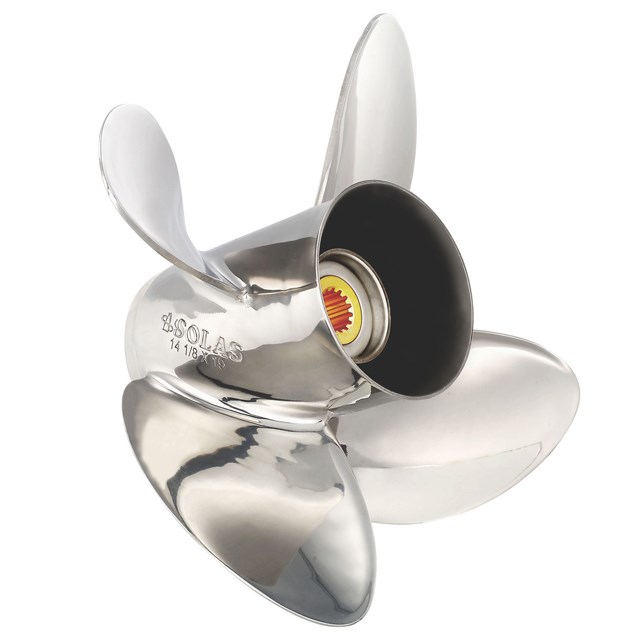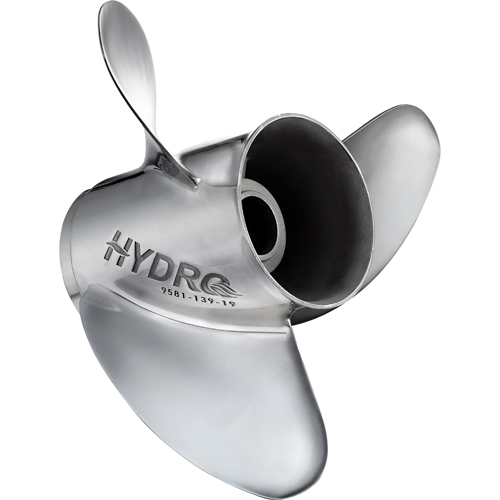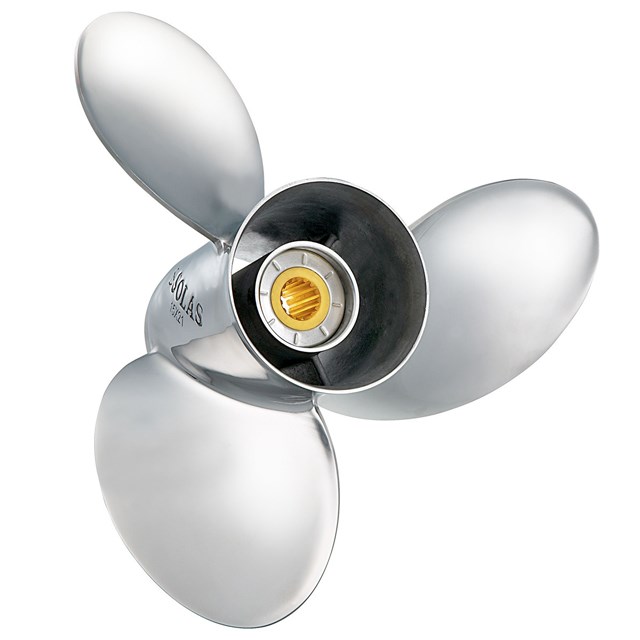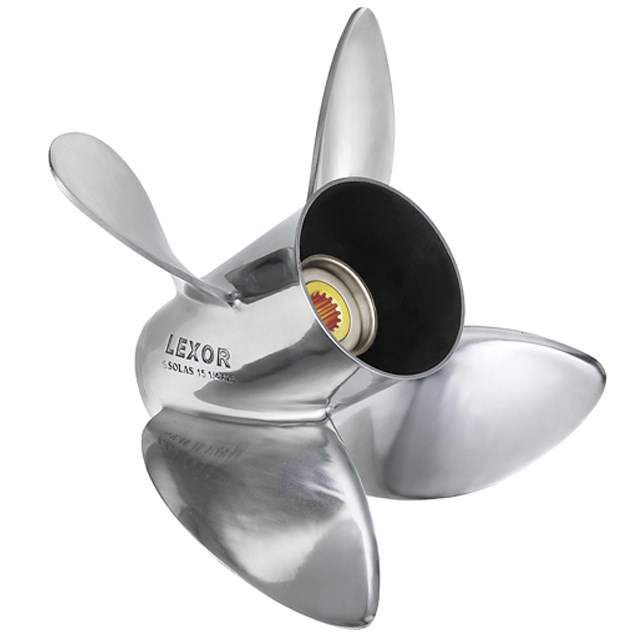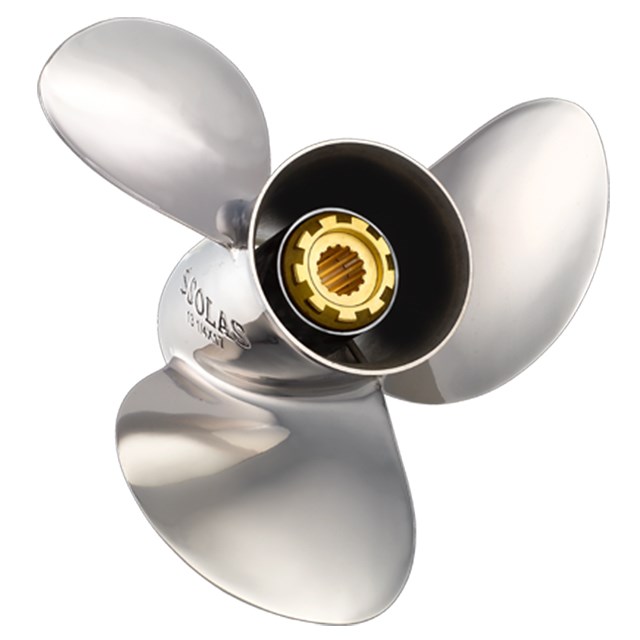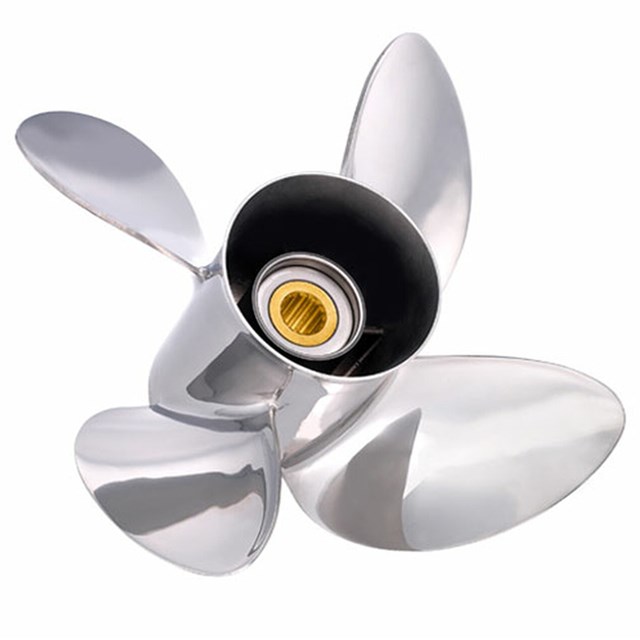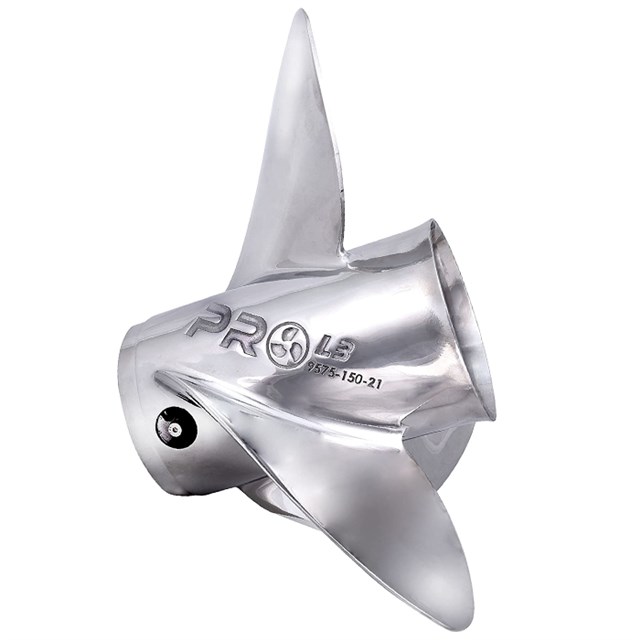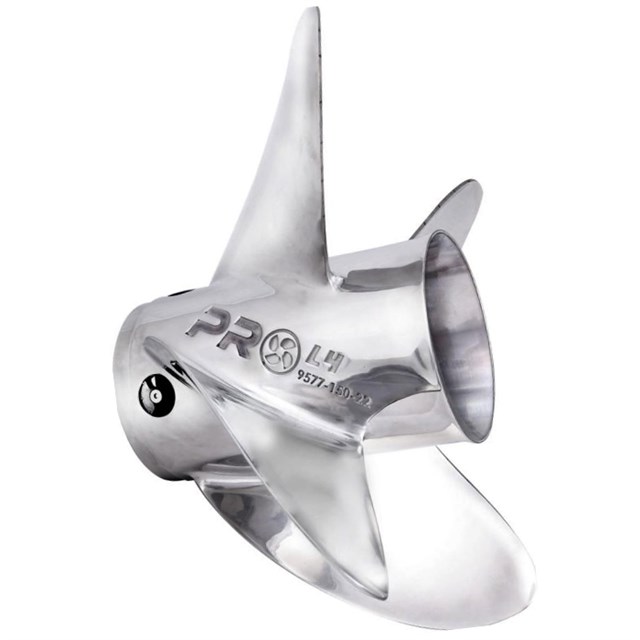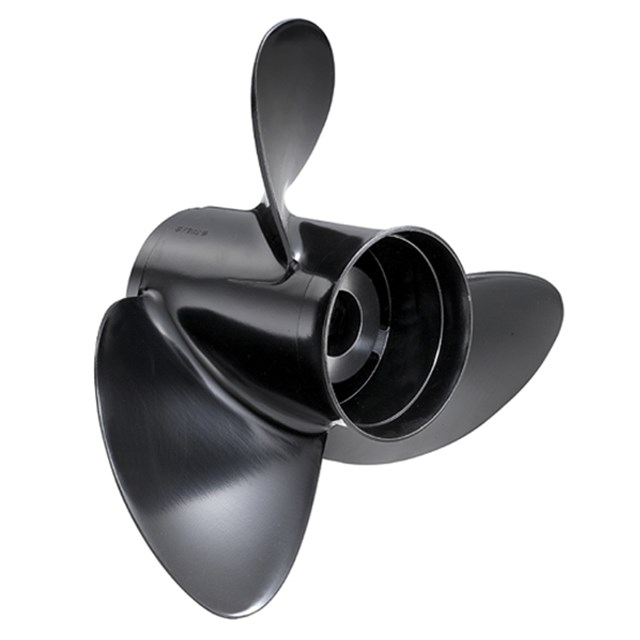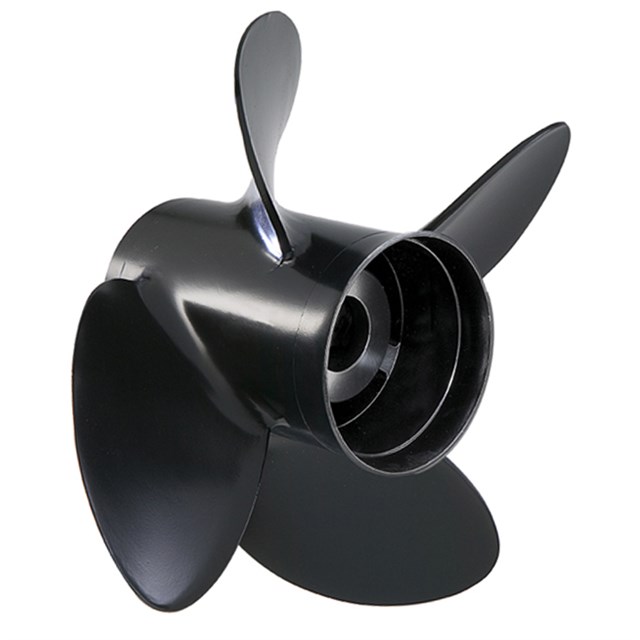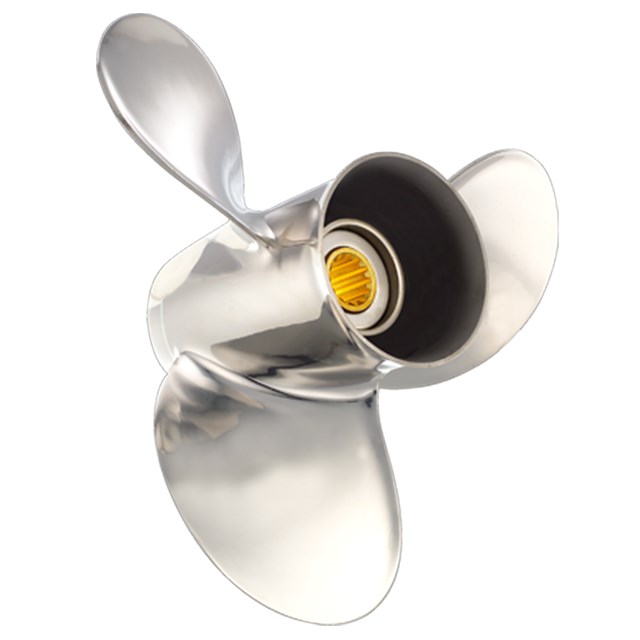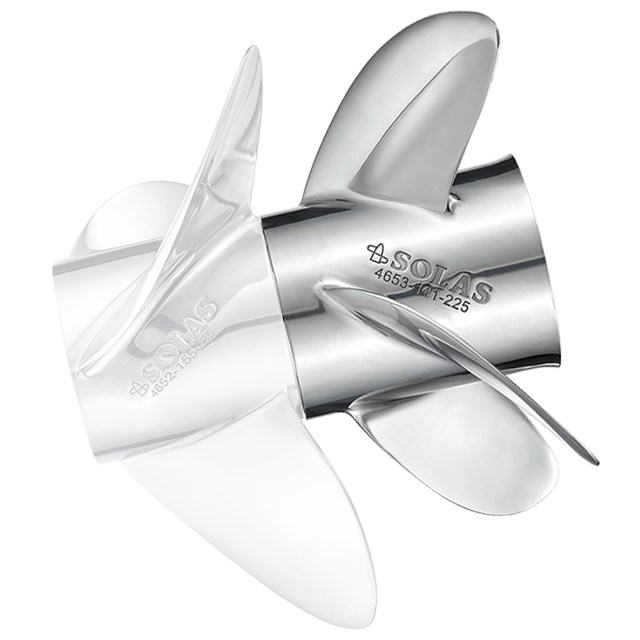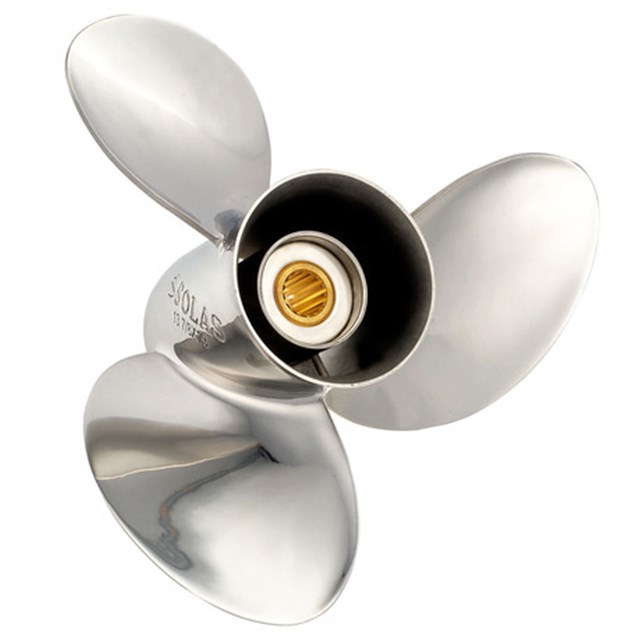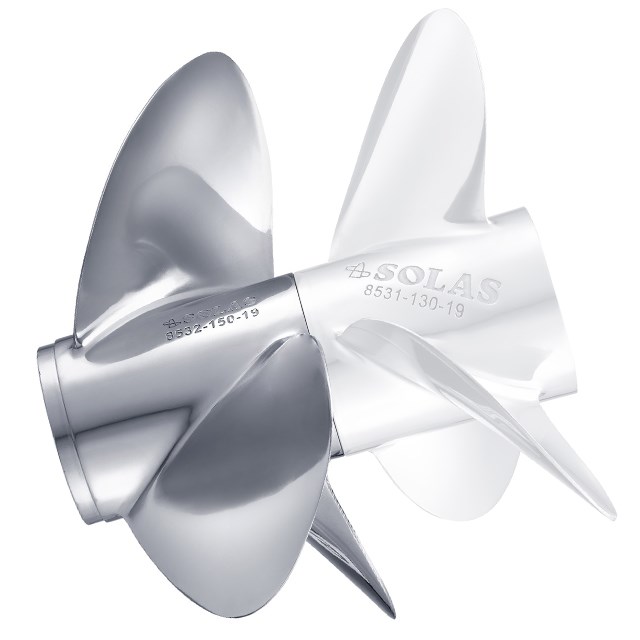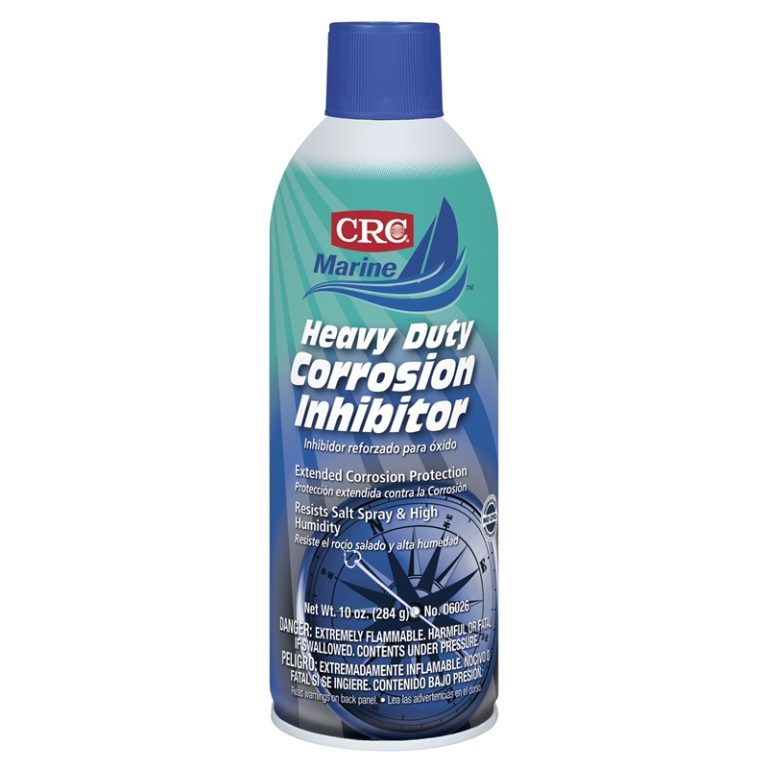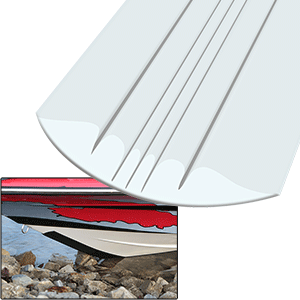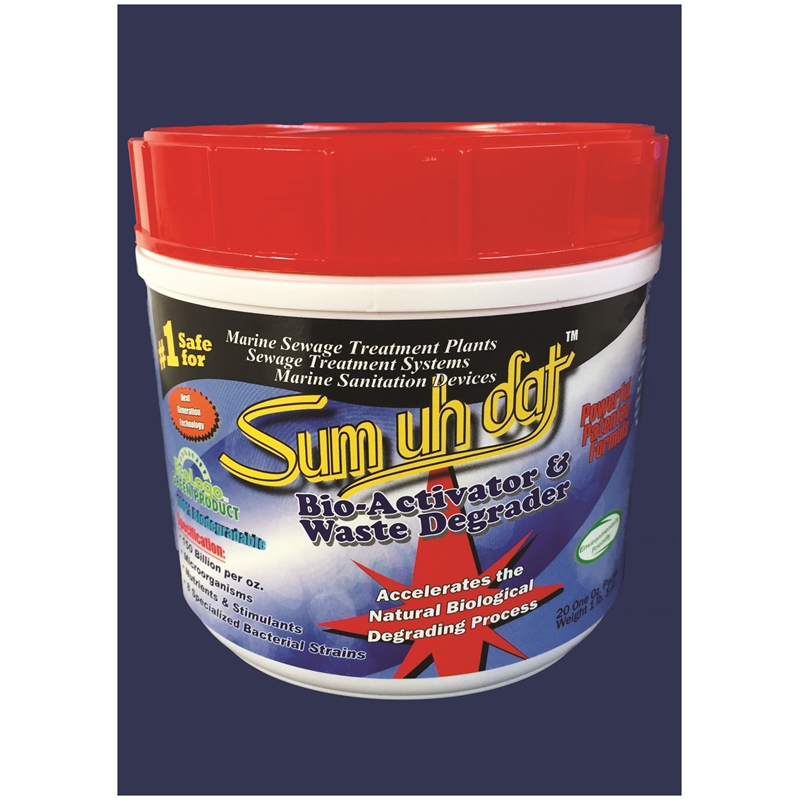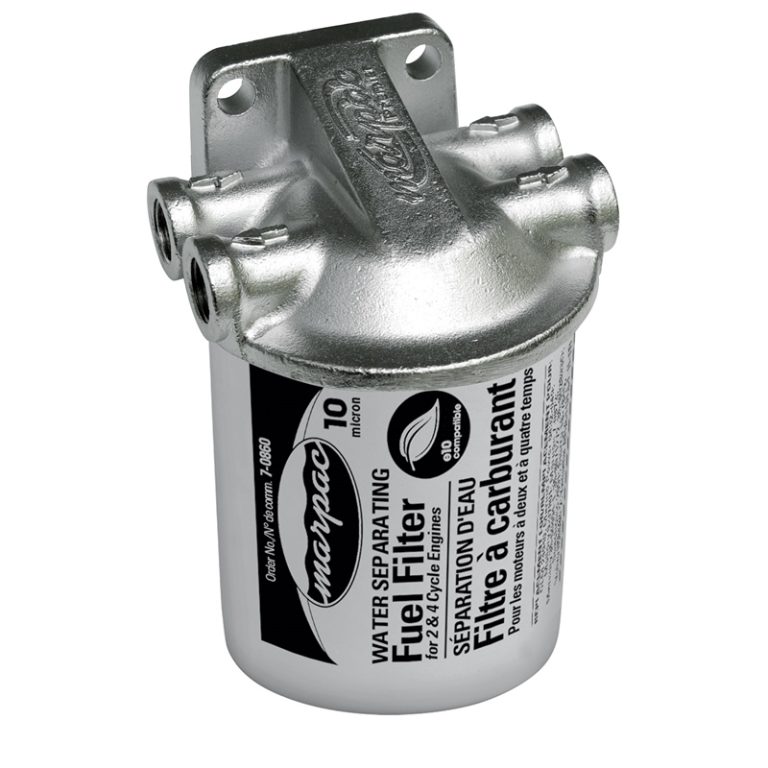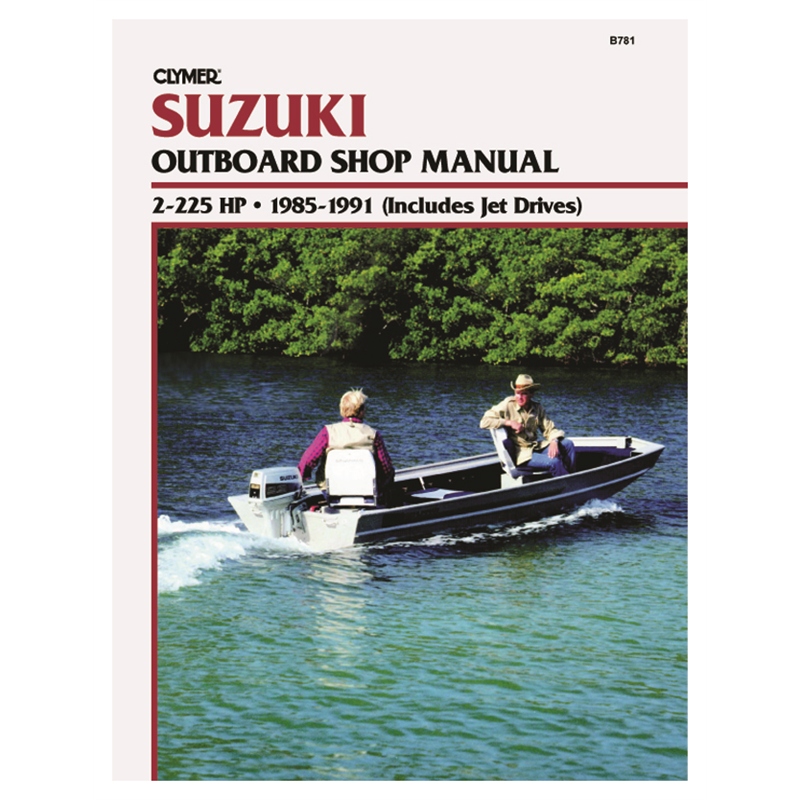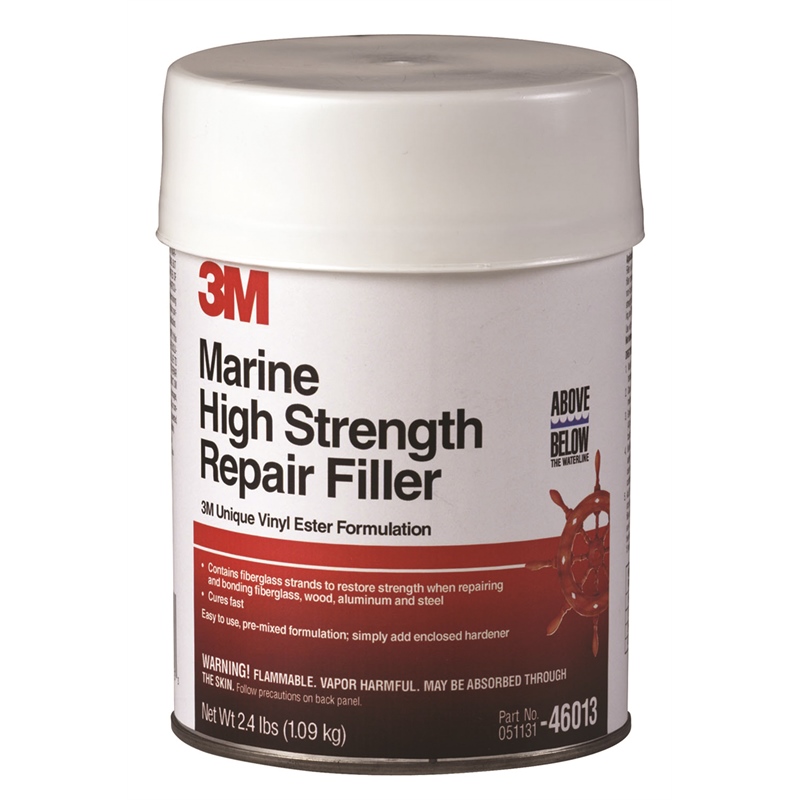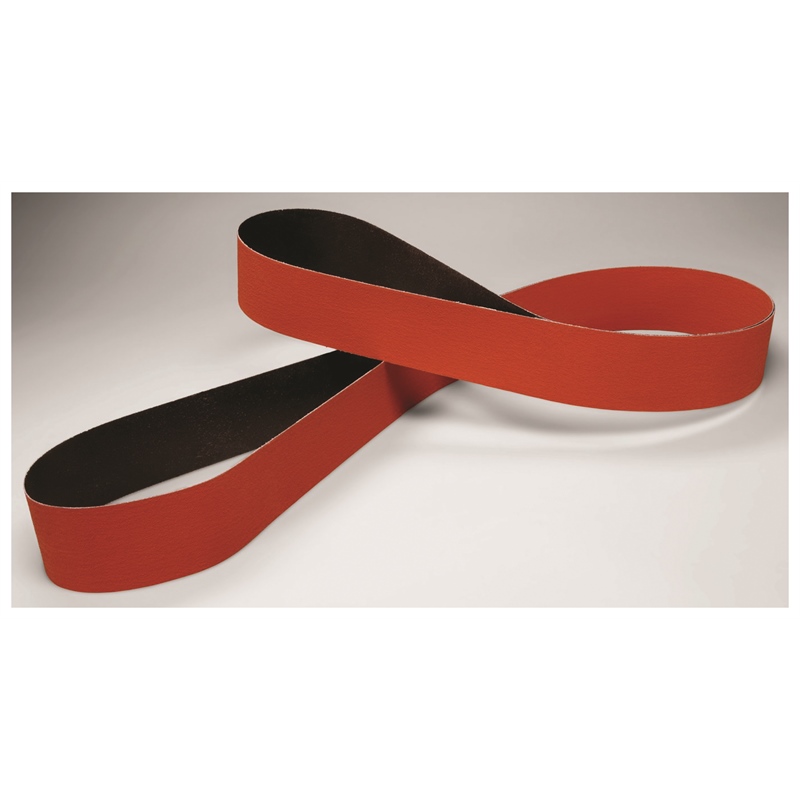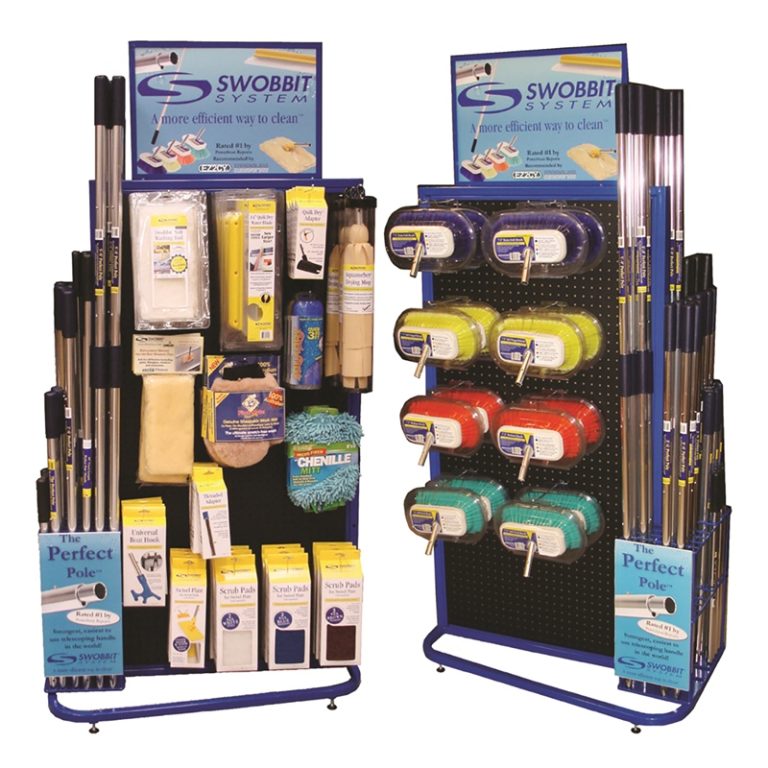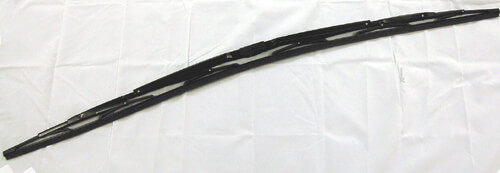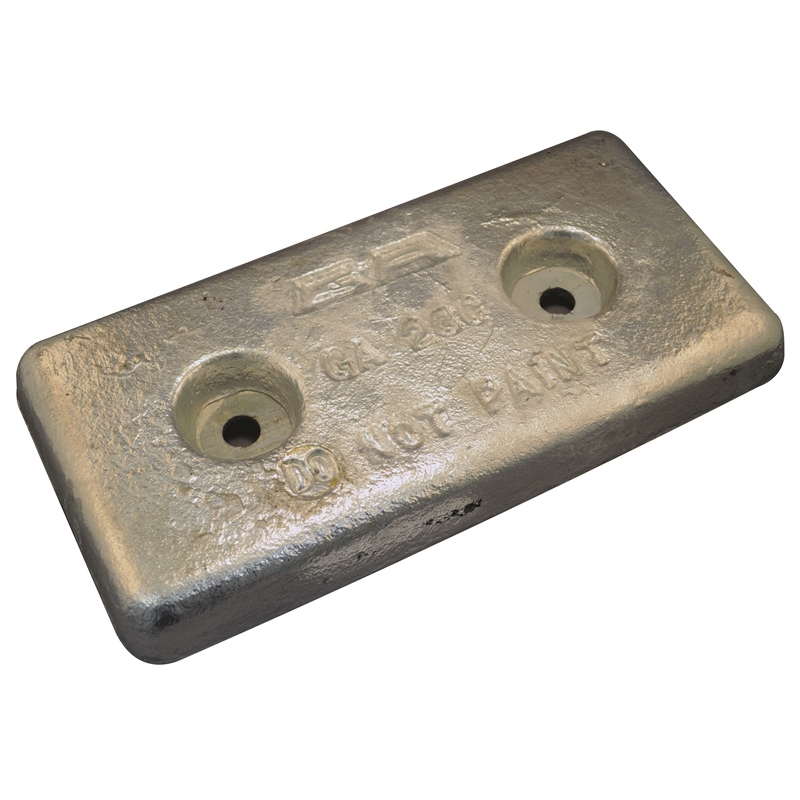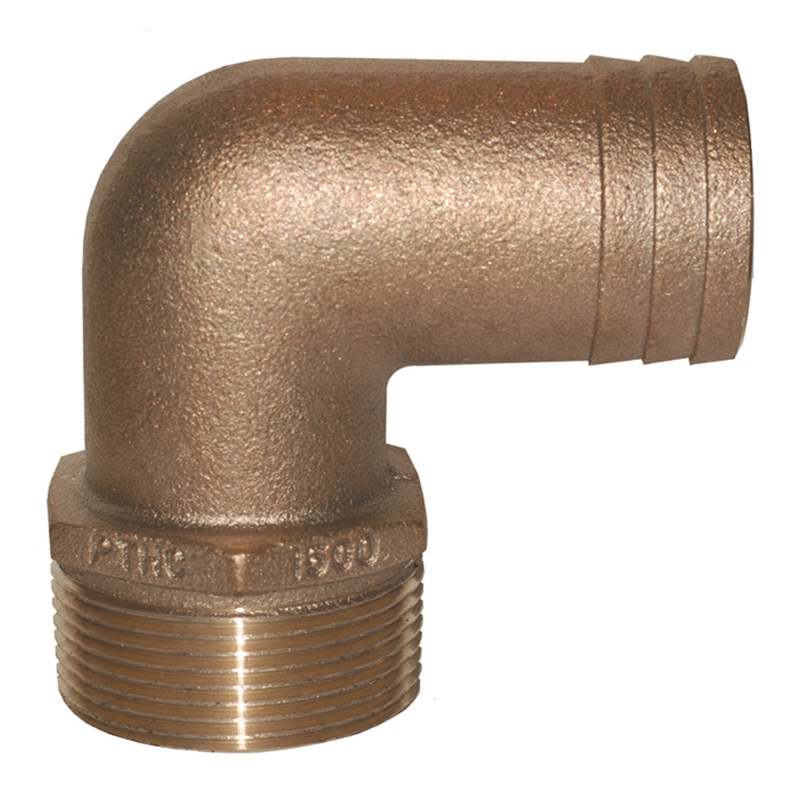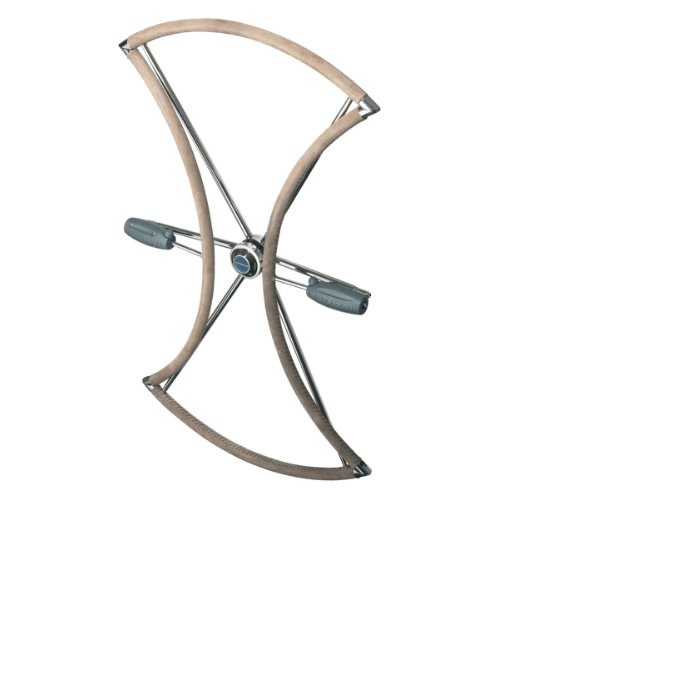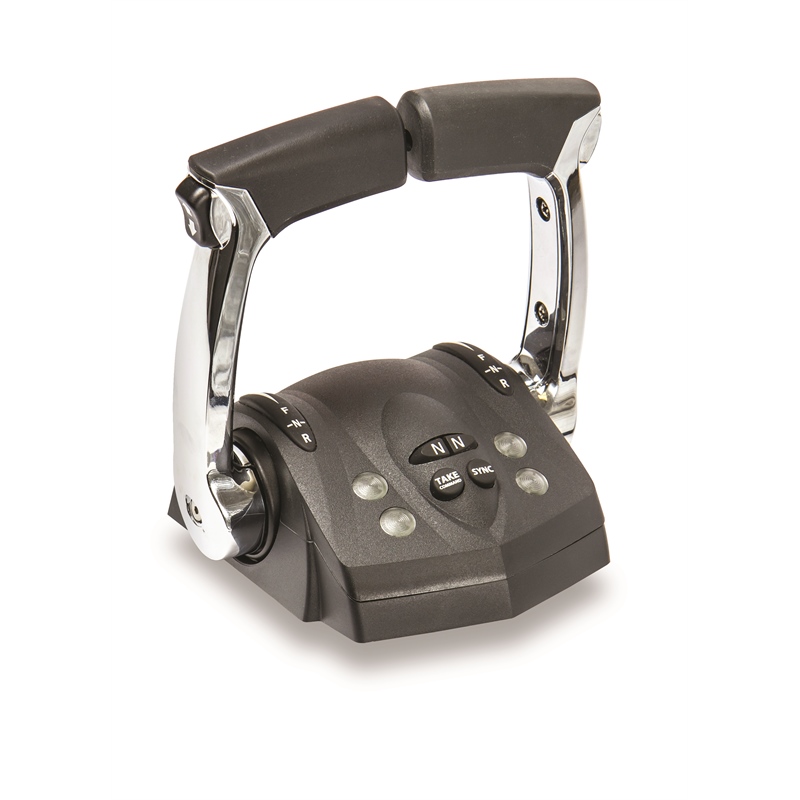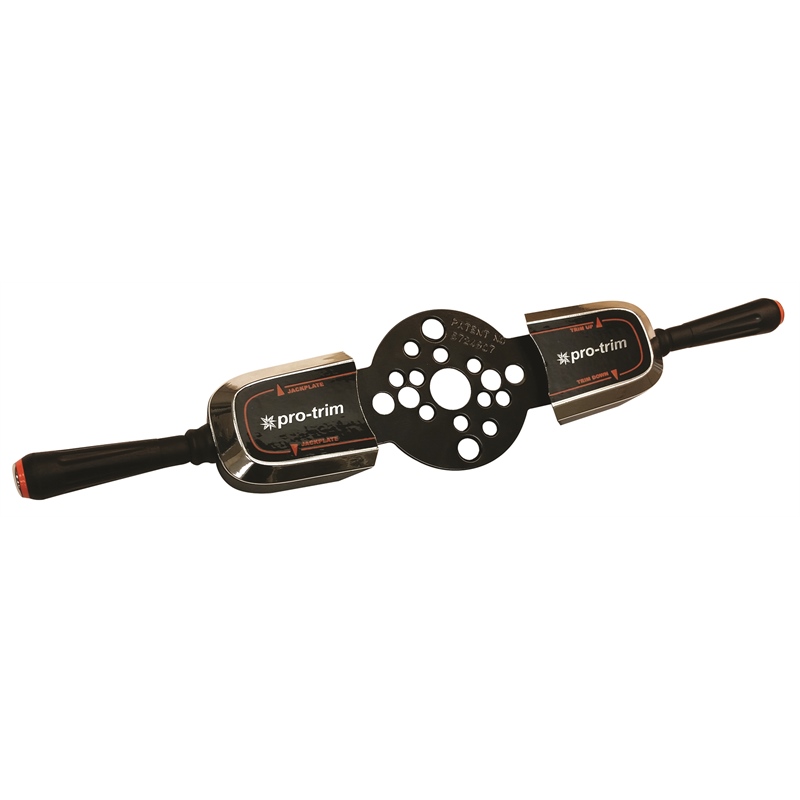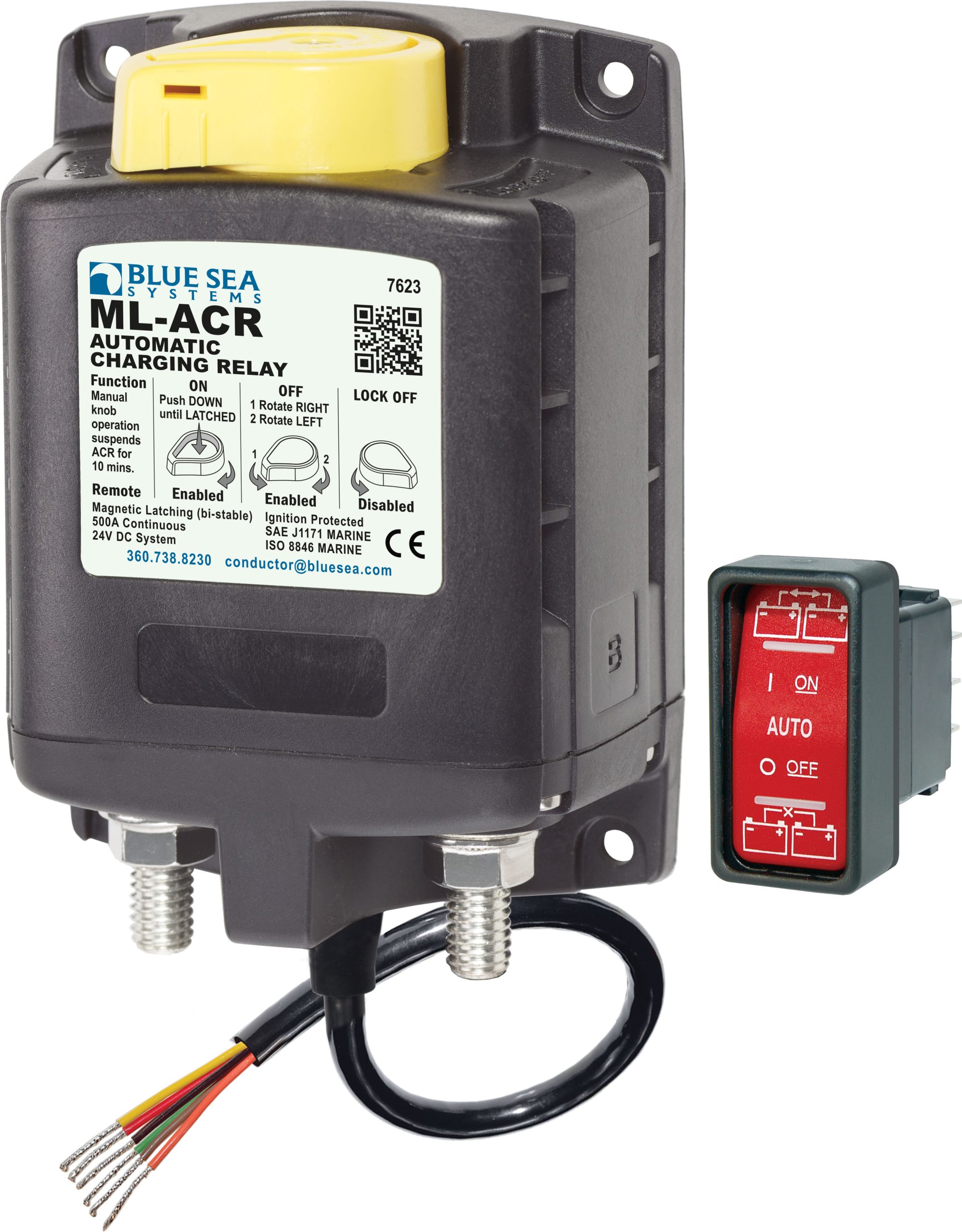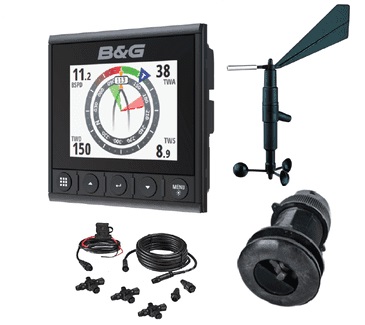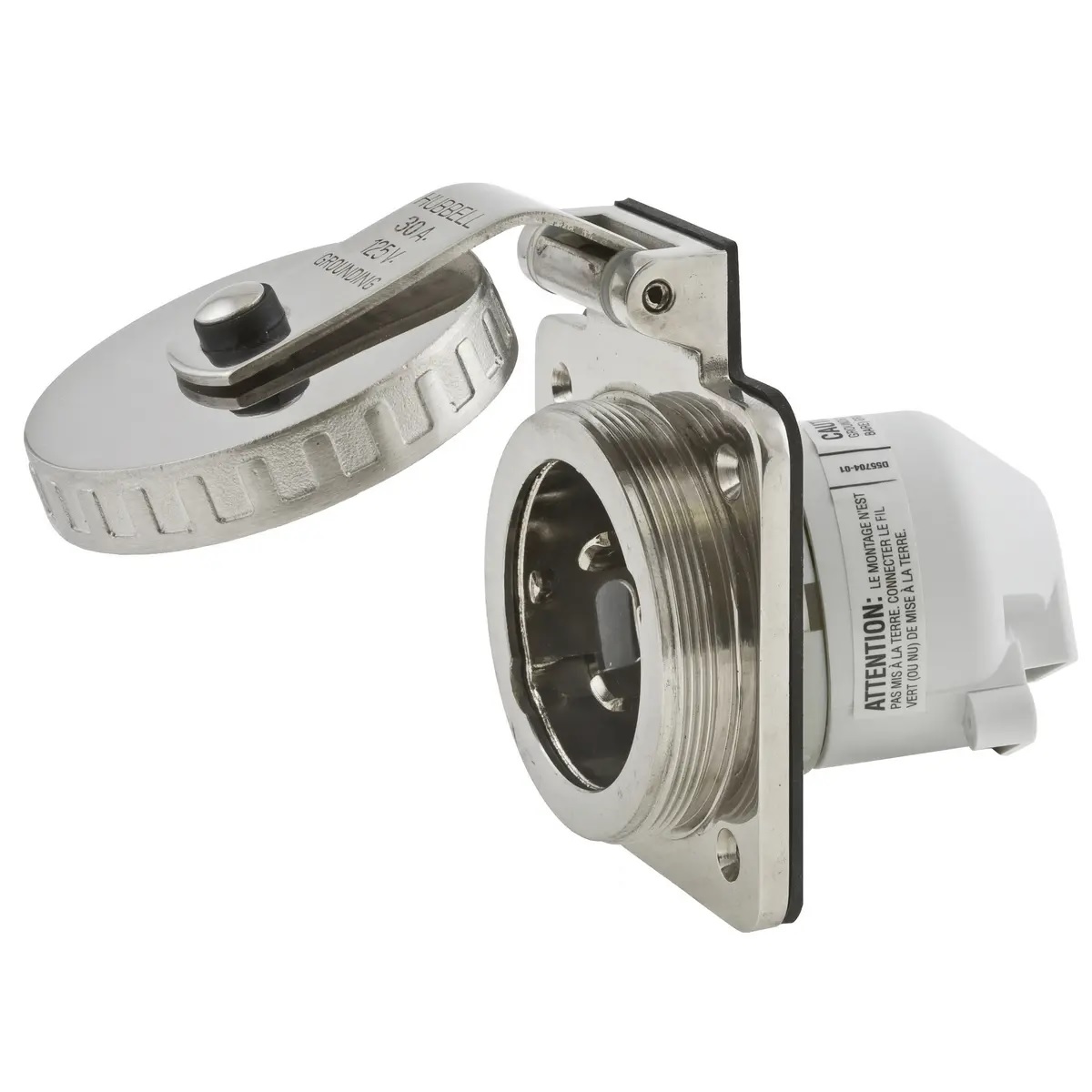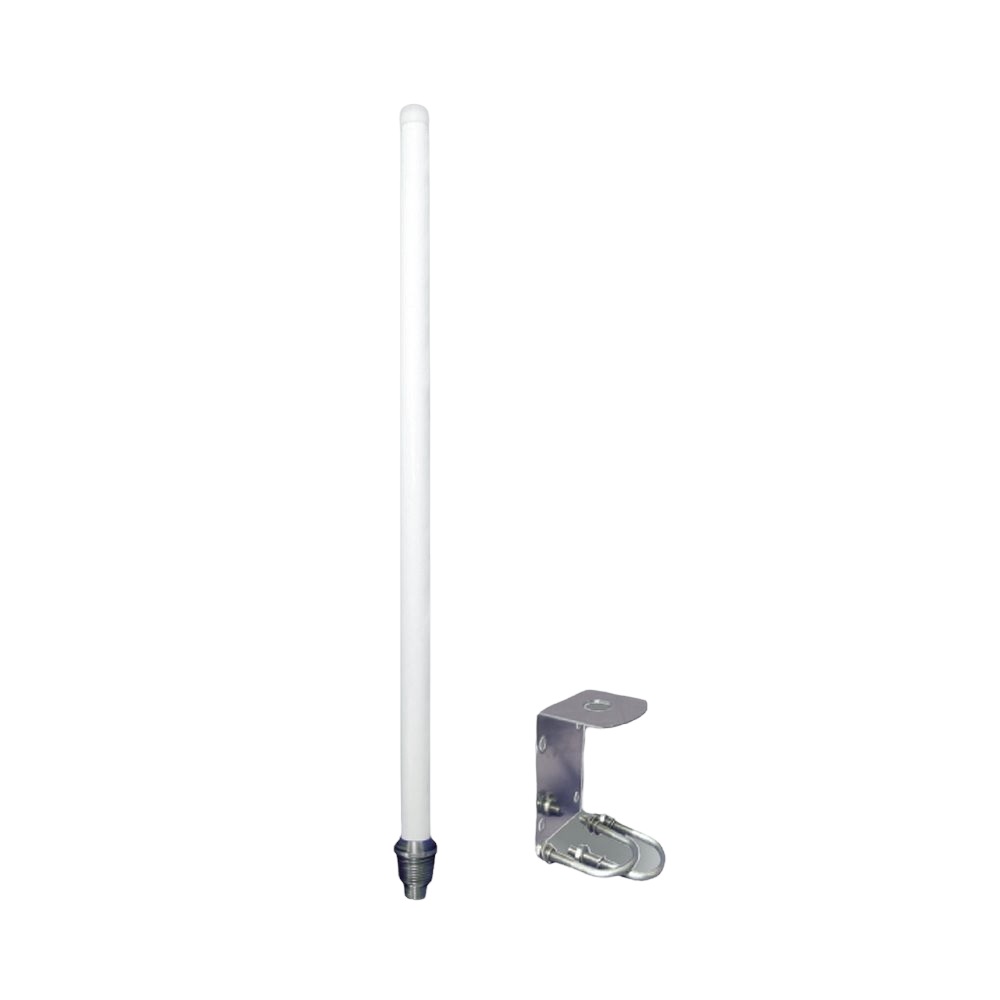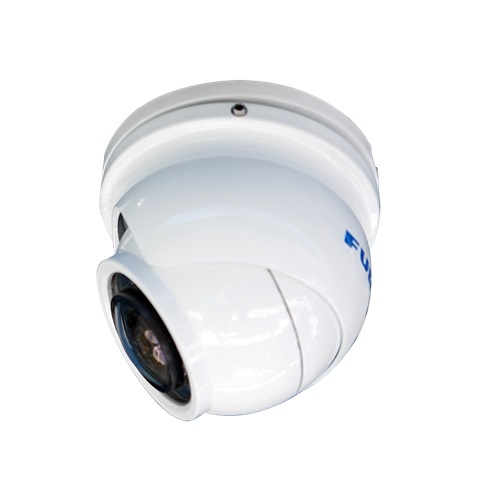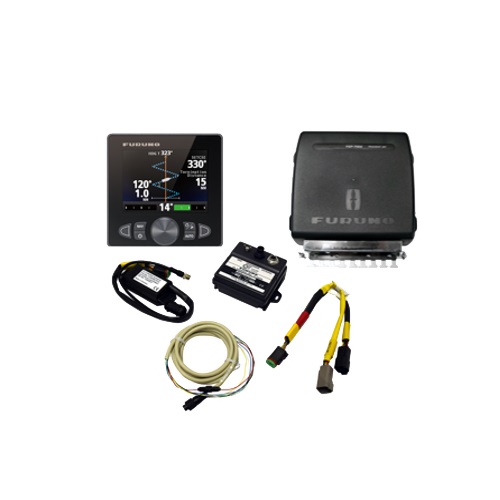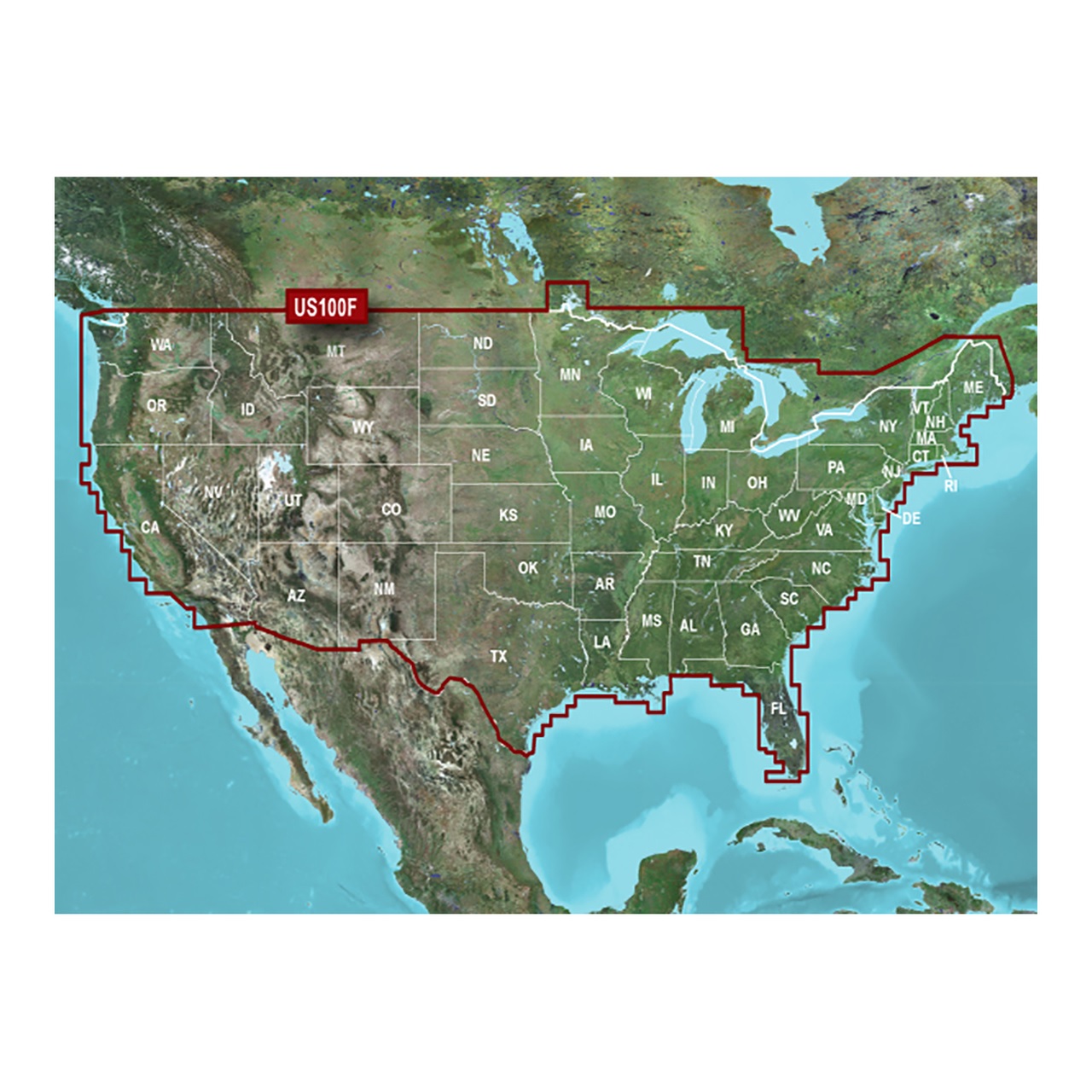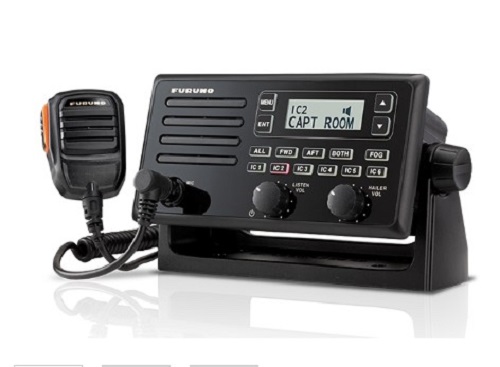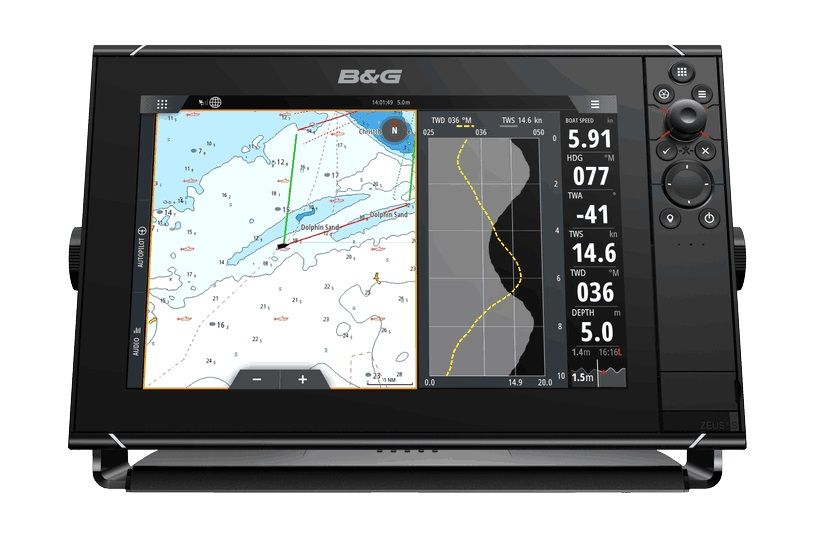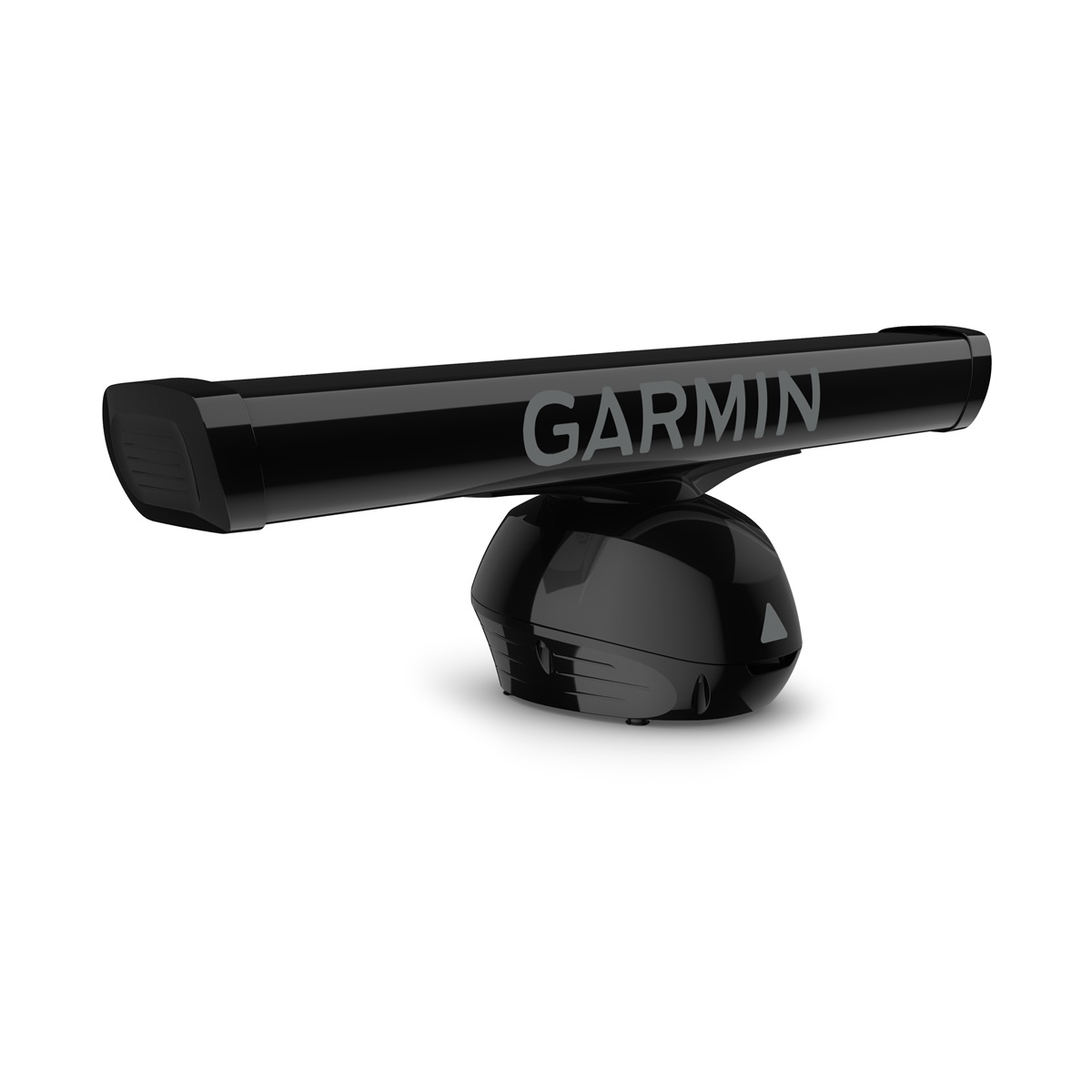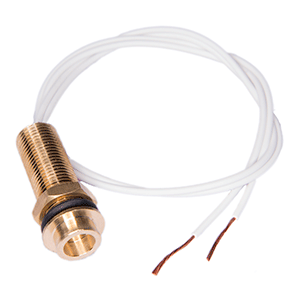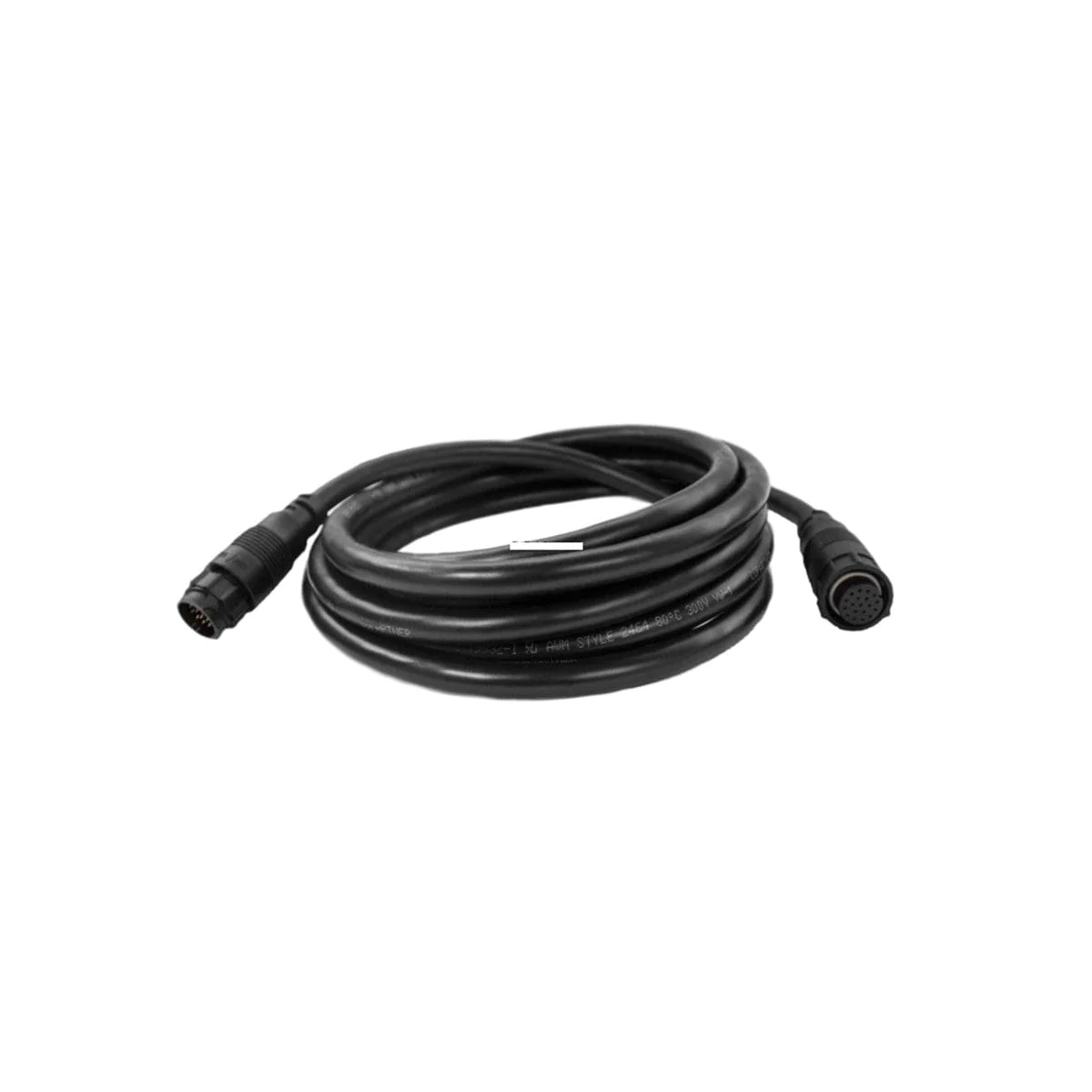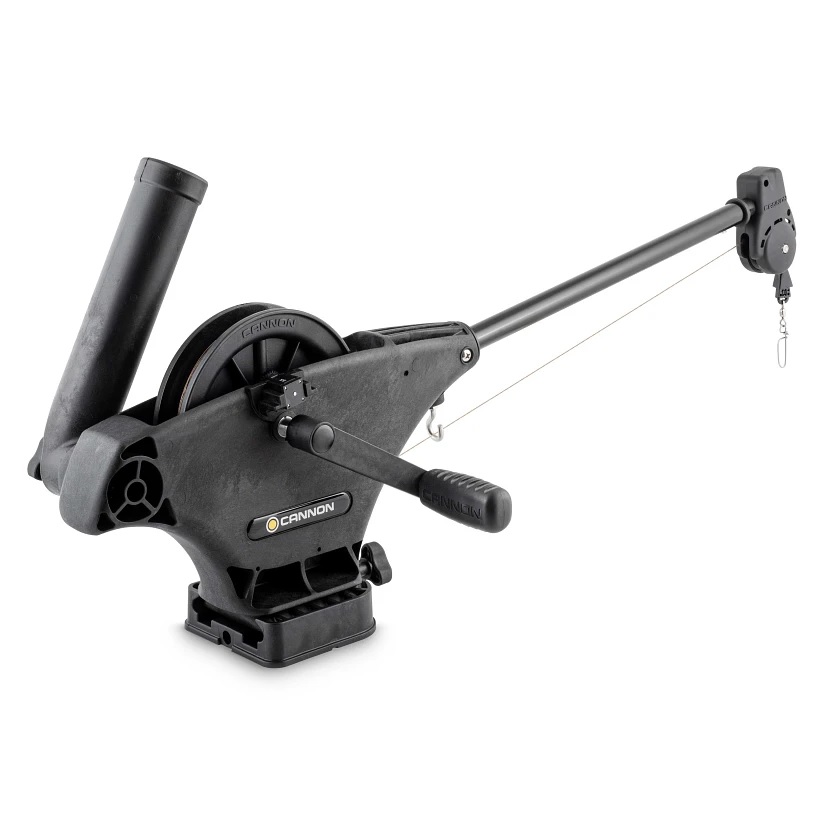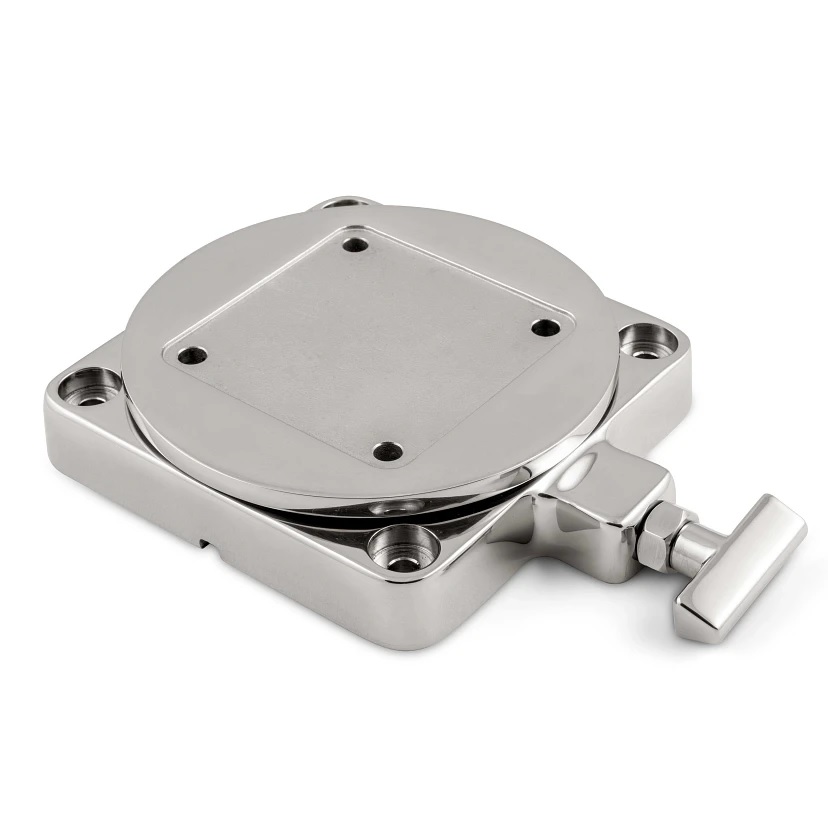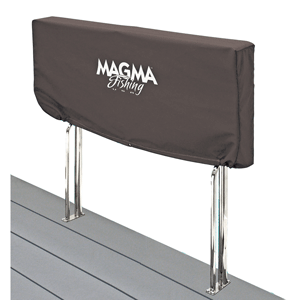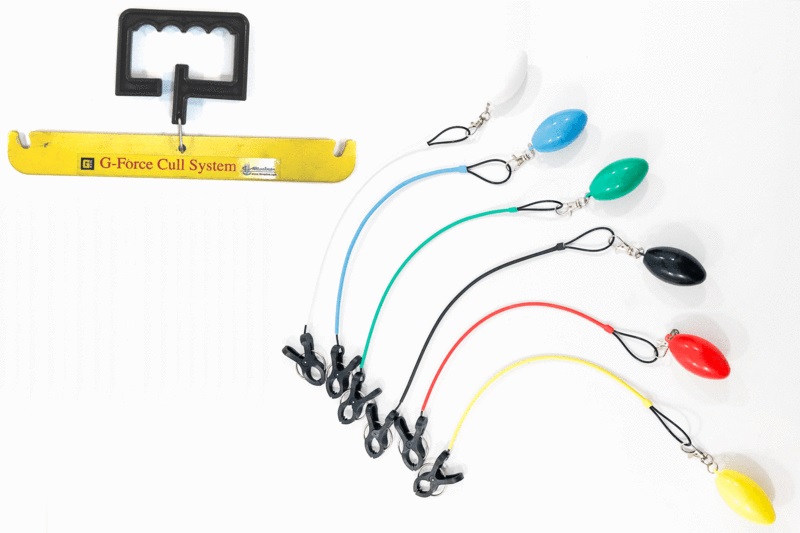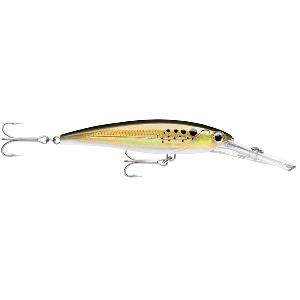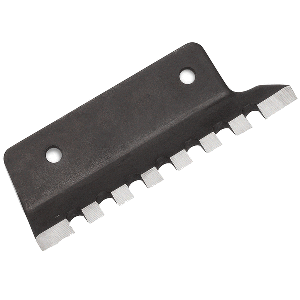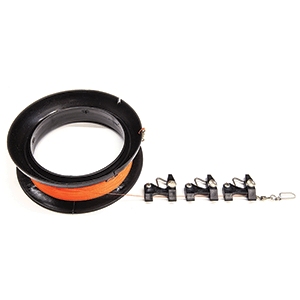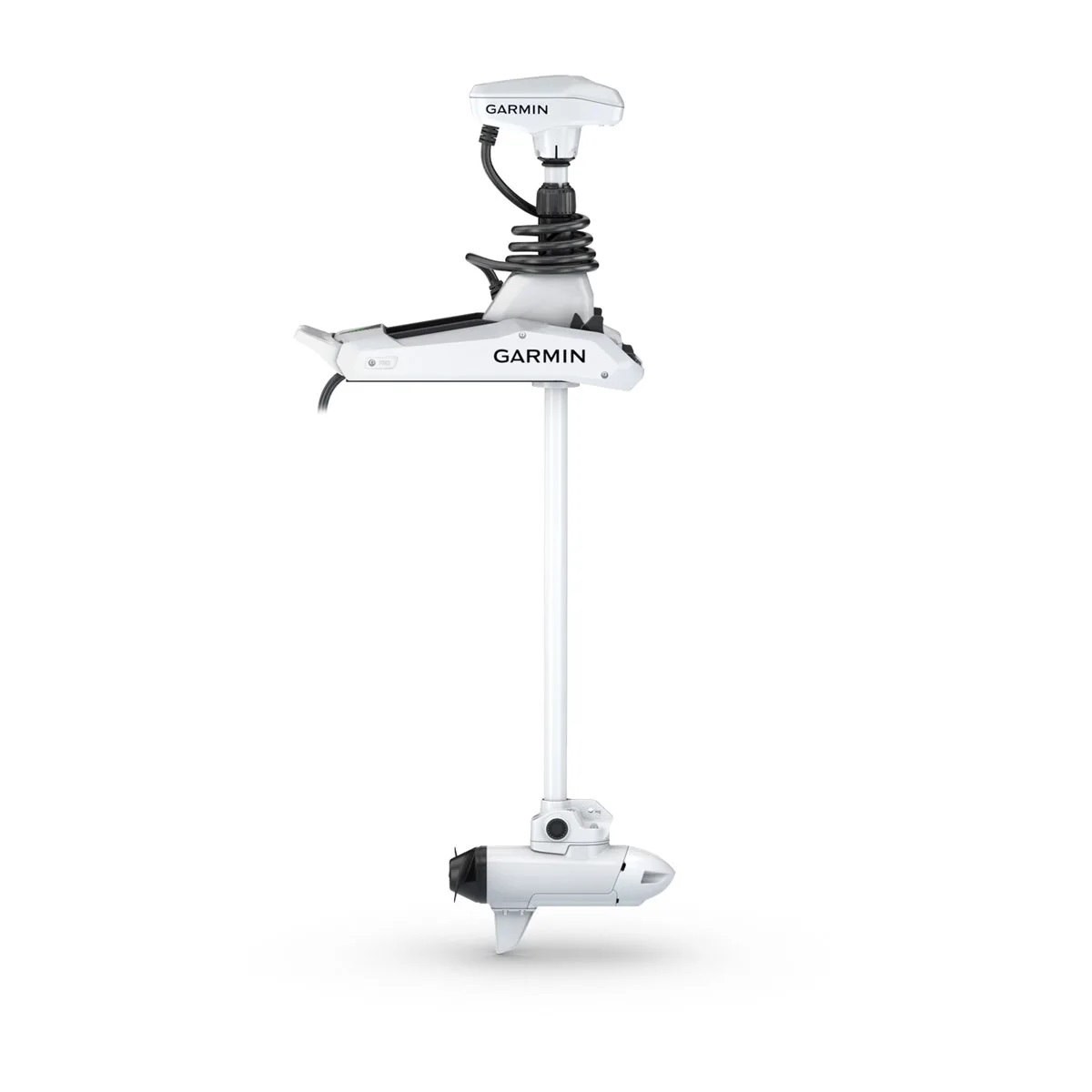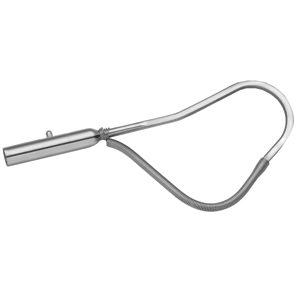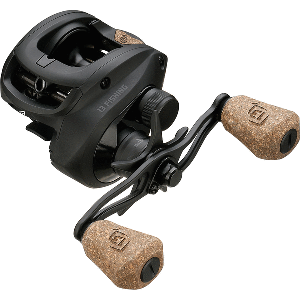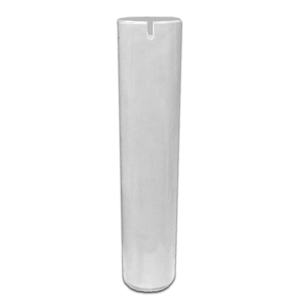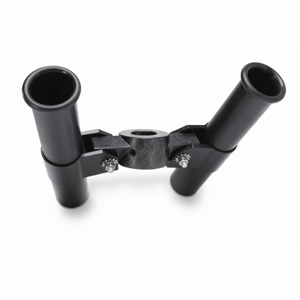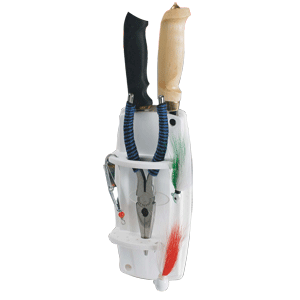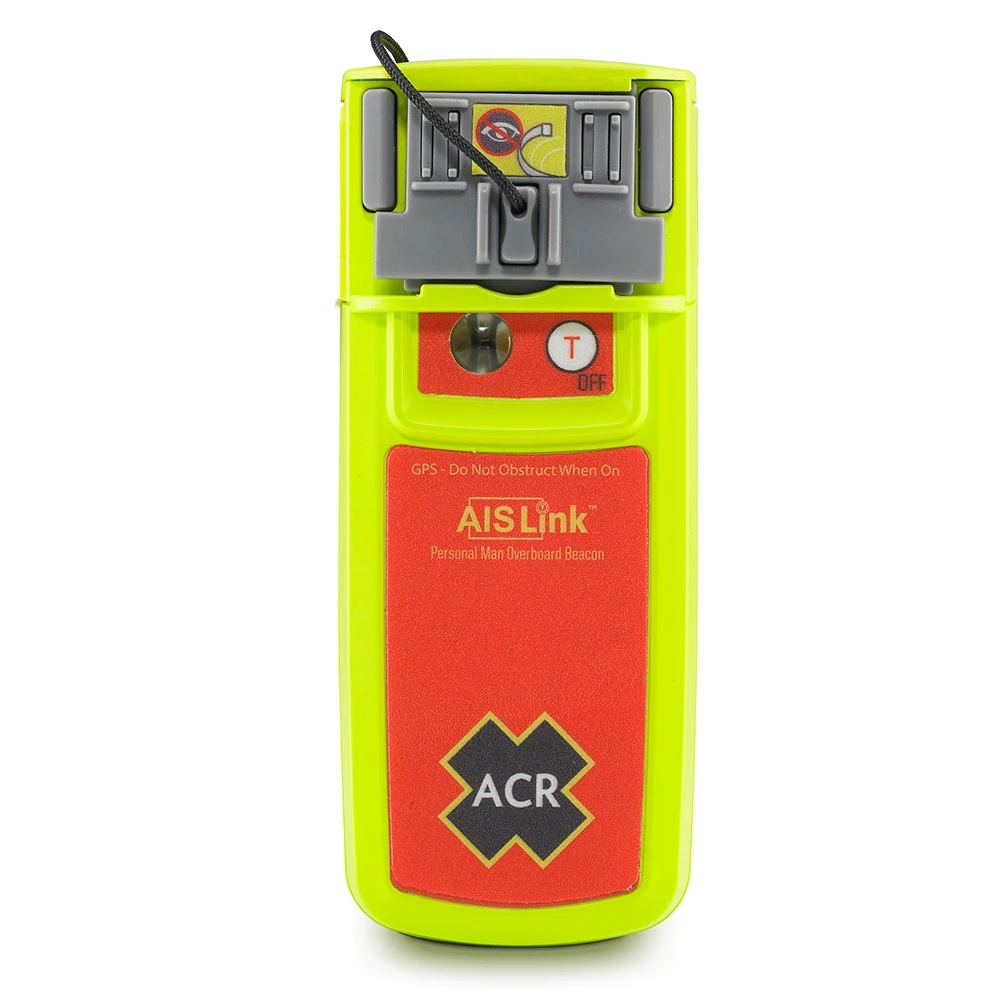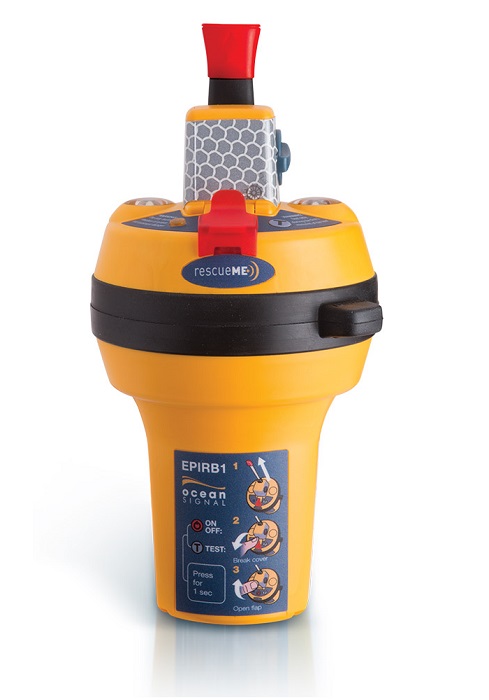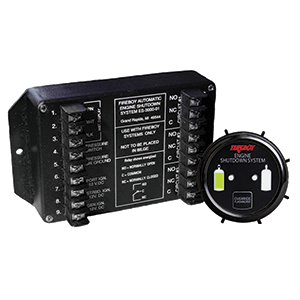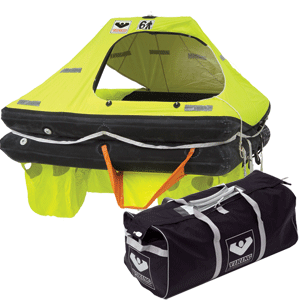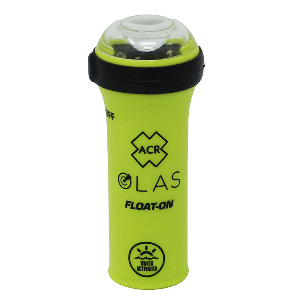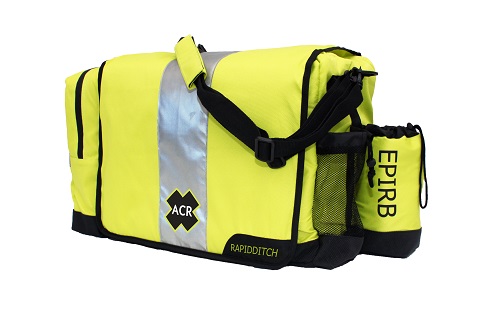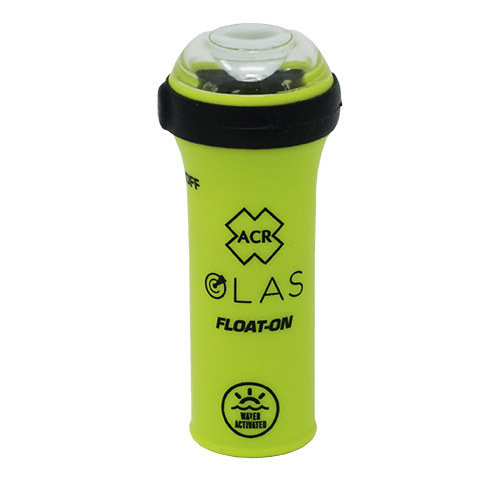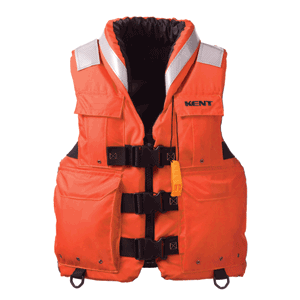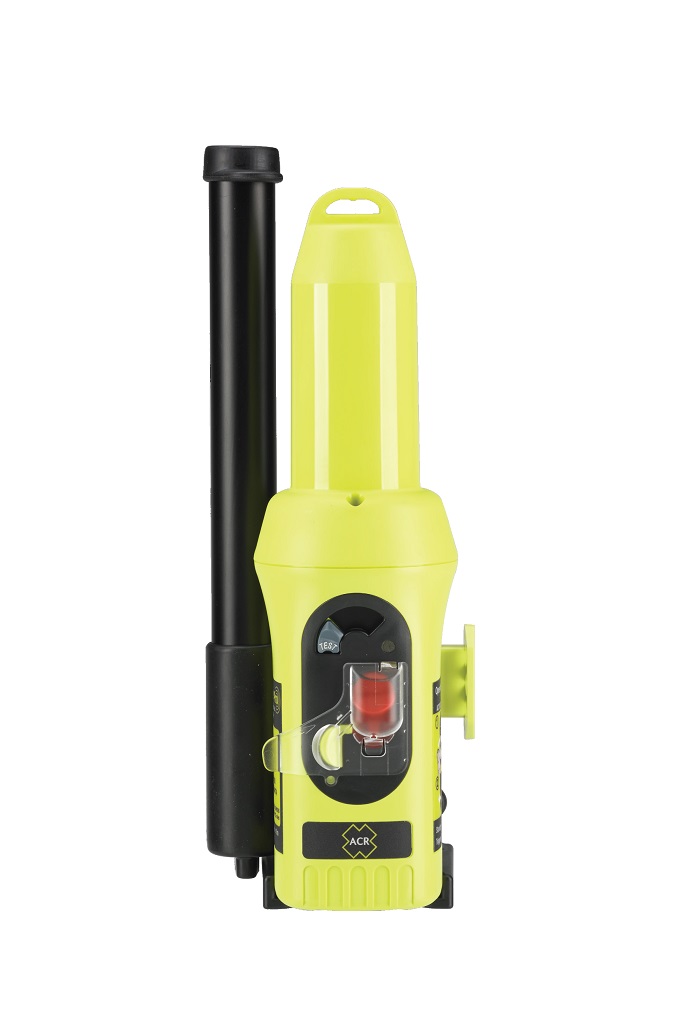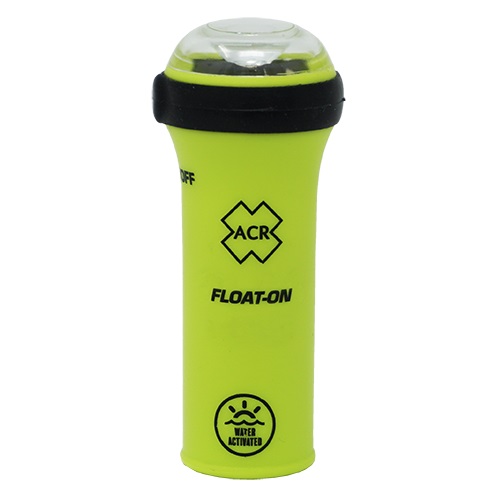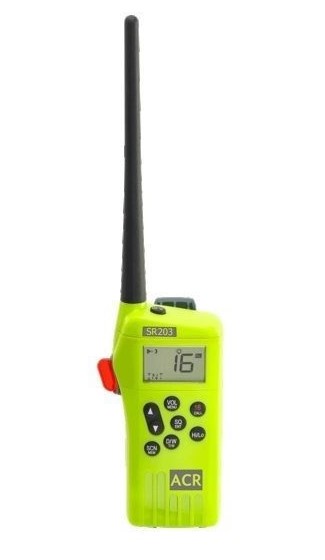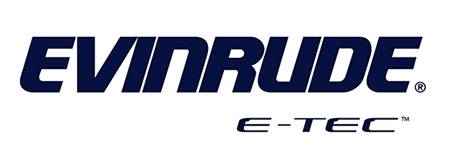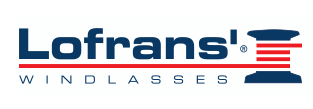Cracked Yamaha Lower Unit Housing � Repair or Replace?
Introduction
A cracked Yamaha lower unit can be a nightmare for any boat owner. This crucial part of your outboard motor plays an essential role in propelling and steering your boat, and when it cracks—whether from impact, wear, or corrosion—the consequences can be costly and dangerous. In this comprehensive guide, we’ll explore whether you should repair or replace a cracked Yamaha lower unit, share expert recommendations, provide maintenance tips, and highlight the best aftermarket options available in 2025.
What Is a Cracked Yamaha Lower Unit?
The lower unit is the gear case located beneath the outboard engine. It houses essential components such as the propeller shaft, driveshaft, gears, and water pump. When this housing cracks, whether externally or internally, it can lead to oil leaks, water intrusion, and eventual mechanical failure. A cracked Yamaha lower unit compromises engine performance and puts your entire propulsion system at risk.
Cracks may appear due to various causes, including hitting underwater debris, corrosion from saltwater exposure, freezing temperatures, or general fatigue from years of use. It’s vital to diagnose the damage accurately and take action quickly.
Common Causes of Cracks in Yamaha Lower Units
Understanding the root causes of cracks can help you prevent them in the future. Here are some typical culprits:
- Impact Damage: Hitting rocks, stumps, or debris can fracture the housing.
- Corrosion: Saltwater exposure without proper flushing and maintenance can lead to internal and external corrosion.
- Freezing: If water enters the gear case and freezes, it expands and may crack the casing.
- Manufacturing Fatigue: Older units or heavy-use engines may naturally wear over time.
Identifying and addressing the cause ensures that your replacement or repair will last longer.
Signs Your Lower Unit Is Cracked
A cracked Yamaha lower unit isn’t always visibly obvious. Here are warning signs to watch for:
- Milky lower unit oil (sign of water intrusion)
- Visible cracks or bulges on the housing
- Oil leaking from seams or bolt holes
- Unusual vibrations or noises from the prop area
- Overheating due to water pump failure
Always perform regular inspections to catch small issues before they lead to expensive damage.
Can You Repair a Cracked Yamaha Lower Unit?
In some cases, a cracked Yamaha lower unit can be repaired, depending on the crack’s location, size, and severity. Welds, epoxy fillers, and JB Weld-style products are temporary solutions, mostly used for cosmetic or non-structural cracks. However, cracks in load-bearing areas or near moving gears typically require full replacement.
Welding is possible but must be done by professionals who understand the thermal stress involved in aluminum housings. Poor welds may re-crack under stress or heat. Epoxy repairs should only be used on low-pressure areas and are not suitable for long-term reliability.
When to Replace the Lower Unit Entirely
If the crack is severe, affects the integrity of the housing, or the cost of repair approaches the price of a new unit, replacement is the smarter choice. Here are some indicators that it’s time to replace:
- Cracks near the gear mechanism or propeller shaft
- Extensive corrosion or multiple fractures
- Recurring oil leakage despite repairs
- Previous failed repairs or welds
Modern aftermarket options provide a cost-effective alternative to OEM parts, offering reliable performance at a fraction of the cost.
Maintenance Tips to Prevent Cracks
Preventative maintenance goes a long way in protecting your Yamaha lower unit from damage. Here are some essential maintenance practices:
- Flush your engine with fresh water after every saltwater outing.
- Change the lower unit oil at regular intervals to detect water intrusion early.
- Inspect for visible damage and oil leaks frequently.
- Use marine-grade anti-corrosion spray on exposed metal parts.
- Store your boat properly in winter to prevent freezing damage.
Following these lower unit maintenance tips will extend the life of your motor and reduce costly breakdowns.
Expert Advice and Pro Recommendations
Marine technicians and professional anglers agree: a cracked Yamaha lower unit should never be ignored. According to SEI Marine Products, over 60% of lower unit failures start with undetected hairline fractures. Here’s what the pros recommend:
- Diagnose accurately: Pressure testing and oil analysis can reveal hidden cracks.
- Use OEM-equivalent replacements: Aftermarket lower units like SEI 90-404 or 90-416 are reliable and warranty-backed.
- Do not DIY structural repairs: Unless you’re a certified marine welder, leave crack repairs to the pros.
Investing in a quality replacement saves time, reduces stress, and ensures safe operation on the water.
Top Replacement Options for Cracked Yamaha Lower Units
When replacing your cracked unit, it’s important to choose the right fit for your motor. Here are top-rated aftermarket Yamaha lower units:
- SEI-90-404: Replaces 75–100HP 2 & 4 Stroke Yamaha motors. Excellent durability and compatible with 20/25″ shafts.
- SEI-90-405: Designed for 115–130HP 4-Stroke Yamaha engines. Precision engineered with gear ratio support.
- SEI-90-416: Covers a wider range—150–200HP Yamaha 2 & 4 Stroke units. Great for saltwater and high-torque use.
- YA-G4-06: OEM-grade replacement for F150, F175, and F200 series (2004–2024).
Each of these options offers significant savings compared to dealership pricing, with warranties that provide peace of mind.
FAQ Section
Can I weld a cracked Yamaha lower unit myself?
Welding a cracked Yamaha lower unit is technically possible but not advisable unless you are a certified marine welder. Aluminum lower unit housings require specialized equipment and skills to prevent warping and structural weakness. DIY welds often fail under pressure, leading to oil leaks or more severe cracking. Instead, take your lower unit to a professional who can perform pressure testing, ultrasonic cleaning, and certified aluminum welding. For major cracks or in high-stress areas, replacement remains the safest and most cost-effective solution.
What is the cost to replace a cracked Yamaha lower unit?
Replacing a cracked Yamaha lower unit varies in cost based on the horsepower and model. OEM replacements often cost $2,000 or more. However, high-quality aftermarket lower units like SEI-90-404 or SEI-90-416 are typically priced between $800 and $1,200. Labor costs can add another $200–$400 if installed professionally. Be sure to consider warranty coverage and performance specifications when comparing prices. Sites like AllBoatSupplies.com offer excellent deals and seasonal discounts.
What are the risks of running a boat with a cracked lower unit?
Running a boat with a cracked Yamaha lower unit can lead to serious mechanical failure. Water can seep into the gear case, causing oil dilution, gear rust, and eventual seizing. Cracks near the prop shaft may affect steering, leading to dangerous handling in rough water. Continued use will only worsen the crack, increase repair costs, and may void warranties. Always address cracks immediately to protect your investment and ensure safety on the water.
Are aftermarket Yamaha lower units reliable?
Yes, modern aftermarket Yamaha lower units—especially from trusted brands like SEI—offer excellent reliability. These units are reverse-engineered to meet or exceed OEM specifications, often at half the cost. SEI provides a 3-year no-fault warranty, which many OEMs don’t match. Just ensure you match the gear ratio, shaft length, and spline count to your engine model. For casual boaters and professionals alike, aftermarket options are increasingly the go-to choice.
How can I prevent my Yamaha lower unit from cracking again?
Preventing cracks in your Yamaha lower unit involves regular maintenance and responsible boating habits. Always avoid shallow or debris-filled waters at high speed. Flush your engine thoroughly after saltwater use to minimize corrosion. Replace worn-out seals and check for leaks during oil changes. Store your motor upright and indoors during freezing temperatures. By combining these habits with high-quality marine lubricants and anti-corrosion sprays, you’ll significantly extend your lower unit’s life.
Special Offer
WELCOME5 – Get 5% off storewide at allboatsupplies.com
And up to 10% additional off on all lower units
-
Yamaha Aftermarket Lower Unit Replaces 75-100HP (2 & 4 Stroke) – 2.0/2.3 Gear Ratios, 18 Spline, 20/25″ Shafts – SEI-90-404
-
Yamaha Aftermarket Lower Unit Replaces 115-130HP 4-Stroke – Fits 20/25″ Shafts – SEI-90-405
-
Yamaha 90° Aftermarket Lower Unit Replaces 150-200HP (2 & 4 Stroke) – Fits 20/25″ Shafts – SEI-90-416
-
Yamaha 150–200HP Lower Unit 4-Stroke – 20/25″ Shaft – F150/F175/F200 Series (2004–2024) – New/Remanufactured – YA-G4-06
Conclusion
When facing a cracked Yamaha lower unit, understanding your options can save you time, money, and hassle. While some cracks are repairable, most severe or structural damages warrant a full replacement. With reliable aftermarket alternatives available, there’s no need to risk further damage or downtime. Keep your boat in top shape with smart maintenance, timely inspections, and trusted products. Whether you’re a weekend boater or a pro angler, don’t let a cracked lower unit leave you stranded—act now and get back on the water with confidence.
Read More
For more helpful marine maintenance guides, check out our article on Can You Use a Yamaha F200 Lower Unit on a F225 Engine?.


